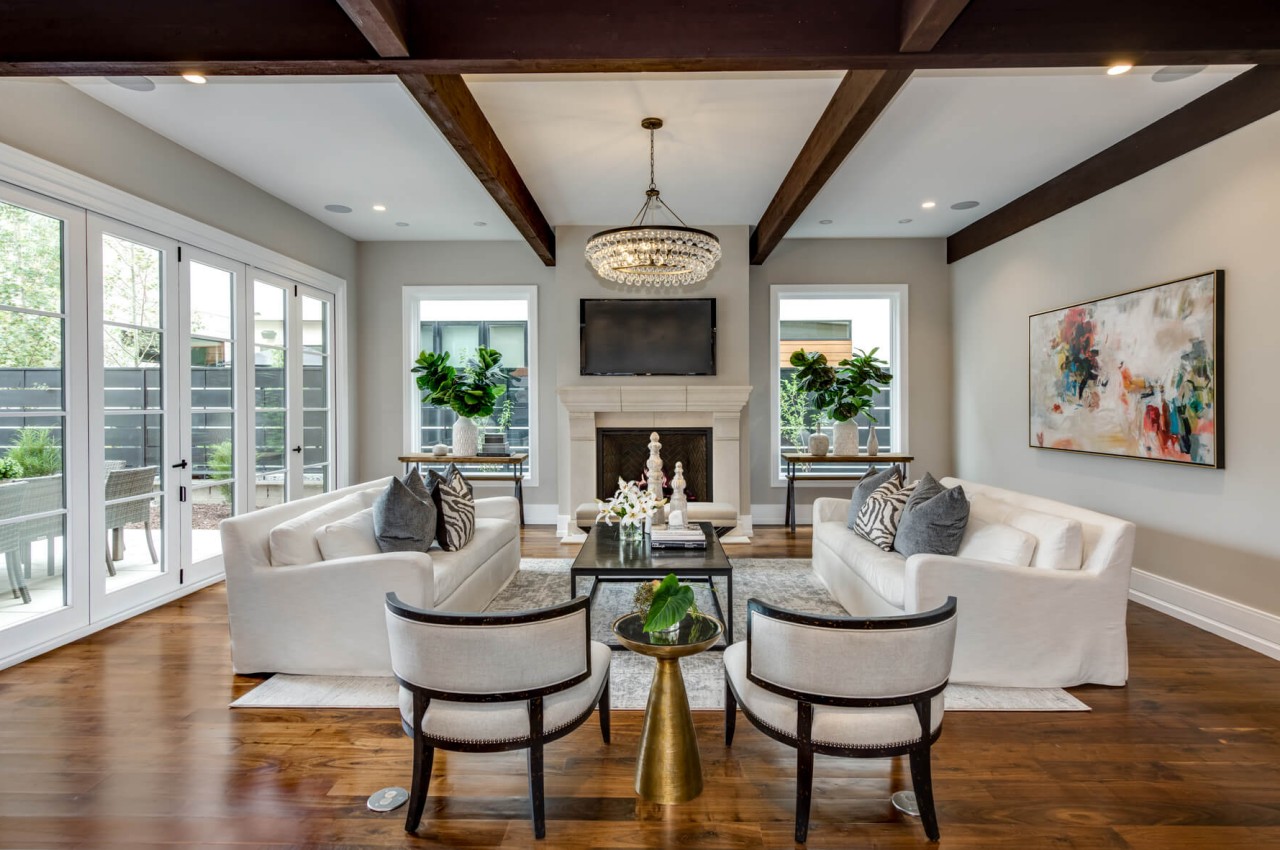
With the evolution of different civilizations, designs have changed. New functional design styles have evolved and combined with innovative materials that have stood the test of time. The ever-evolving interior design styles are characterized by using distinctive furniture, accessories, lighting, and upholstery, which cohesively create a signature look. Unsure of what decor type can match your taste? Here is all you need to know about popular interior design styles and how each is different from the others.
Transitional
Transitional is the fusion between traditional elegance and contemporary materials. In a traditional style, curved furniture combines materials such as steel, wood, and rattan. In this style, accessories are kept to a minimum, and the furniture design and textiles in the form of rugs, throws, and cushions are used to lift the décor and style the space.
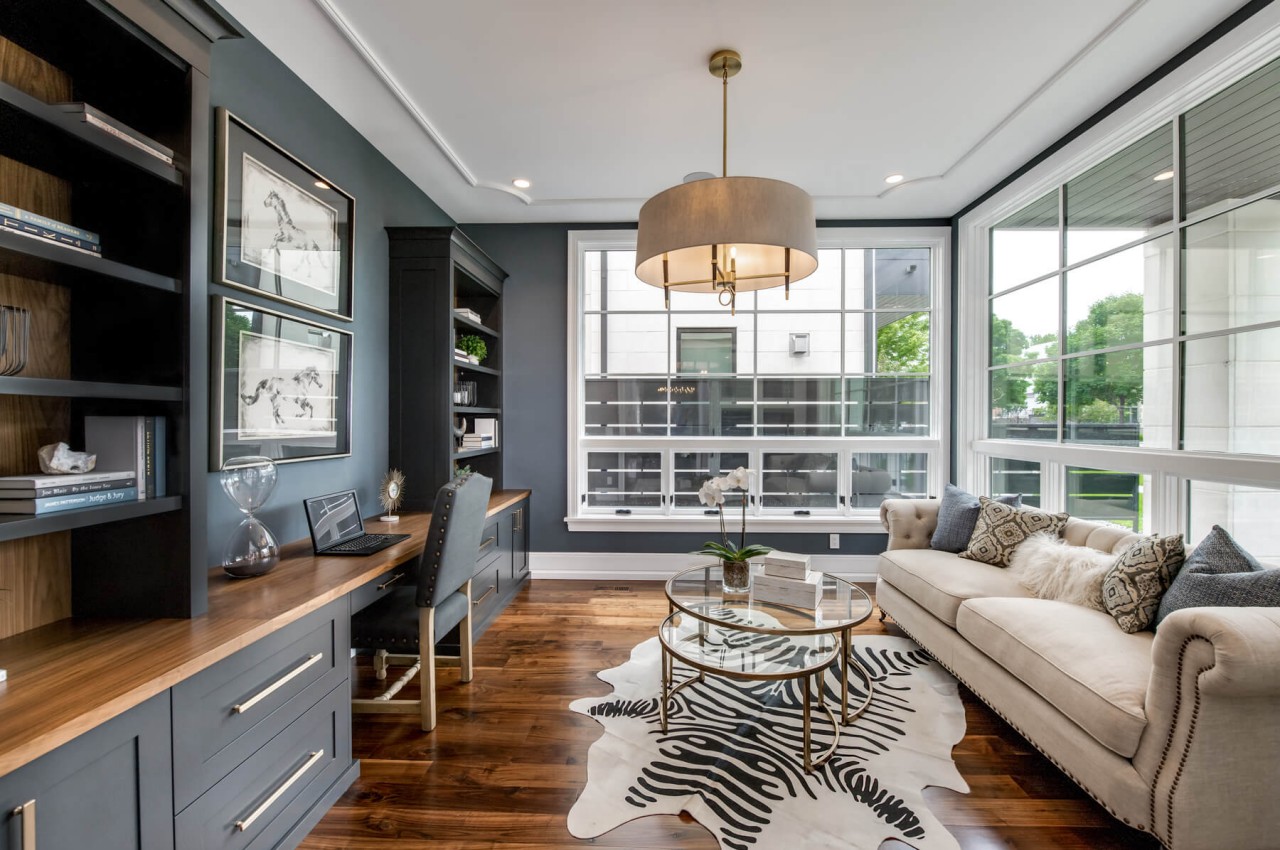
Designer: Aneka Interiors
Traditional
The traditional is a timeless design style composed of ornately carved furniture in dark wood, and the décor takes inspiration from the 18th and 19th centuries. Deeply rooted in European design sensibilities from England and France, traditional décor has depth and emphasizes the art of layering. The décor has a neutral color palette, and colors are introduced through bold artwork and floral decorations. In addition, it incorporates the use of sumptuous textiles like silk, linen, and velvet in various patterns like paisley, damask, floral, and plaids. Crystal chandeliers infuse an element of glamor and form an integral part of the décor.
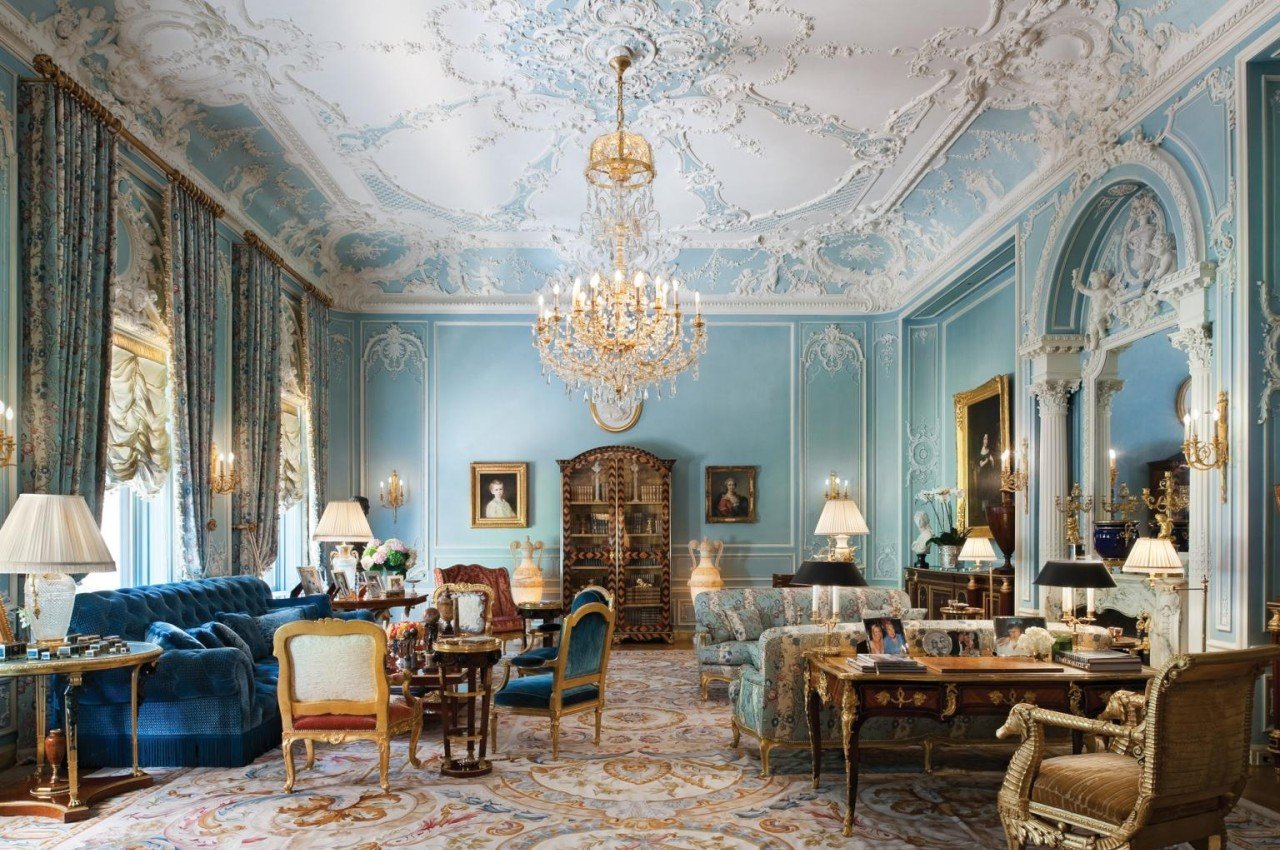
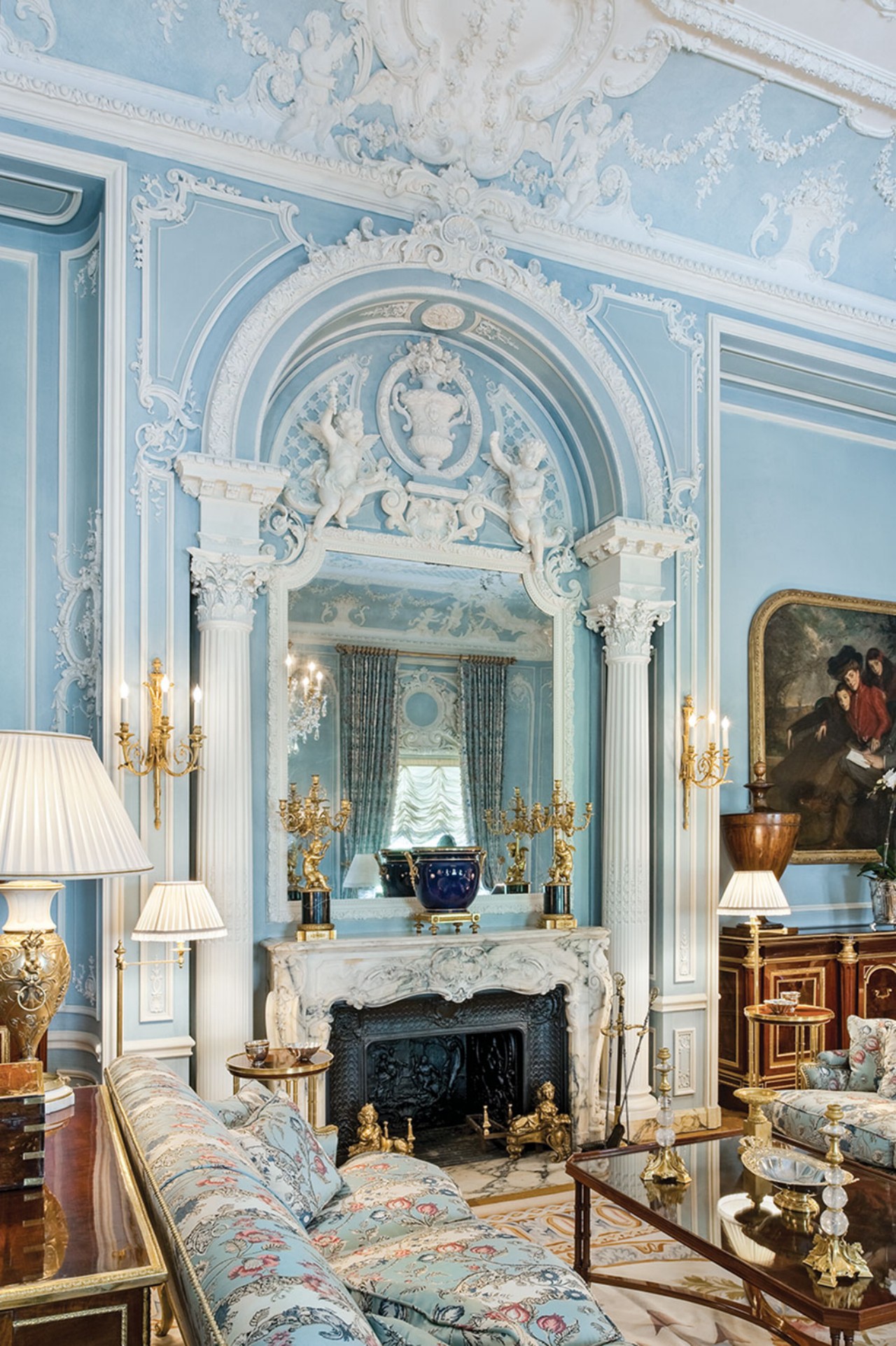
Designer: Alberto Pinto
Modern
Modern design is deeply rooted in the décor Germany and Scandinavia. There is a sense of simplicity with the use of functional furniture in clean and sleek lines. Another characteristic is that it includes a simple color palette and uses a plethora of materials like steel, glass, and metal.
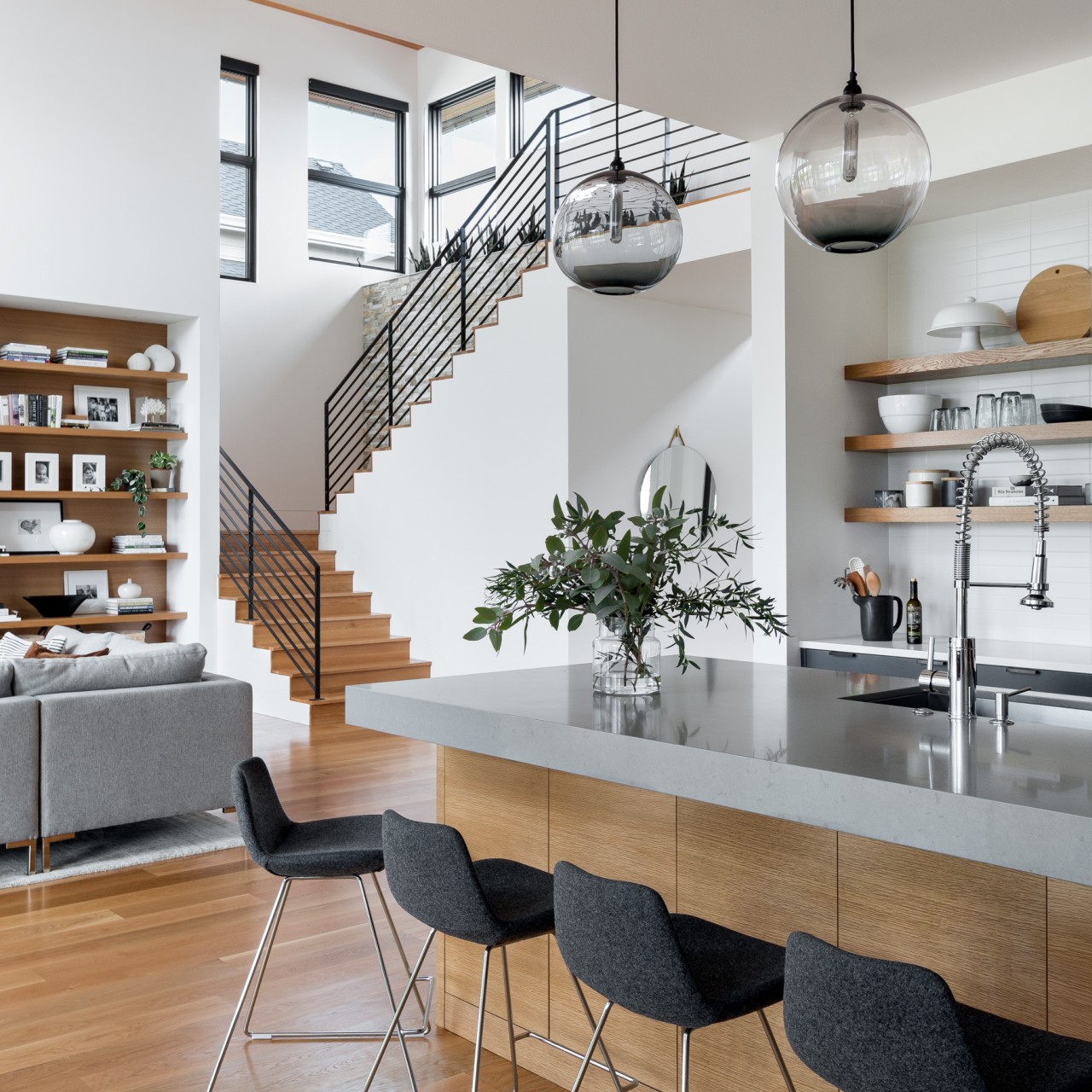
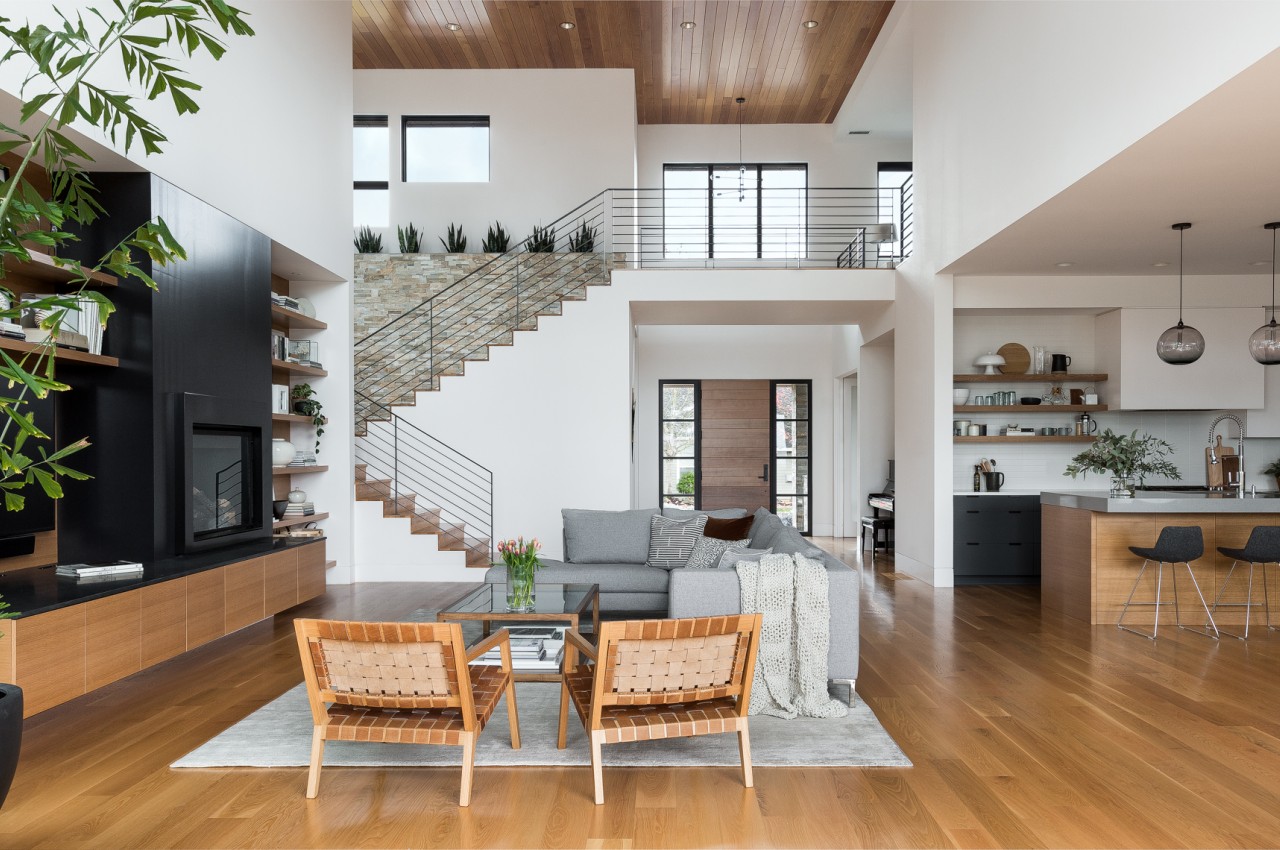
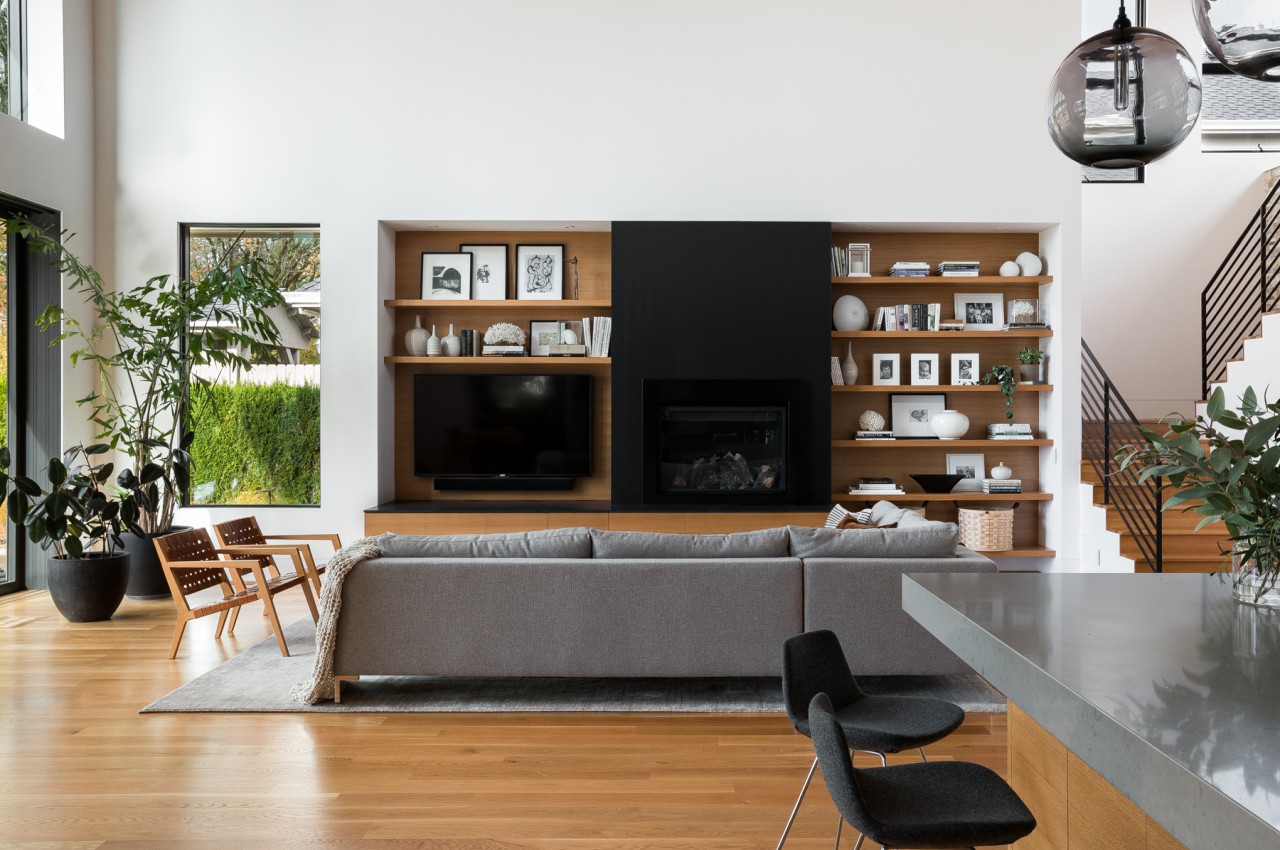
Designer: Courtney Nye
Contemporary
There is usually confusion between modern and contemporary design styles. Note that modern furniture adheres to strict sleek lines while contemporary furniture is comfortable. It can include sinuous curves, exposed legs, and clean lines that provide a light and airy feel. It uses innovative finishes, and materials like metal and glass are strategically used as their reflective surfaces can bounce light.
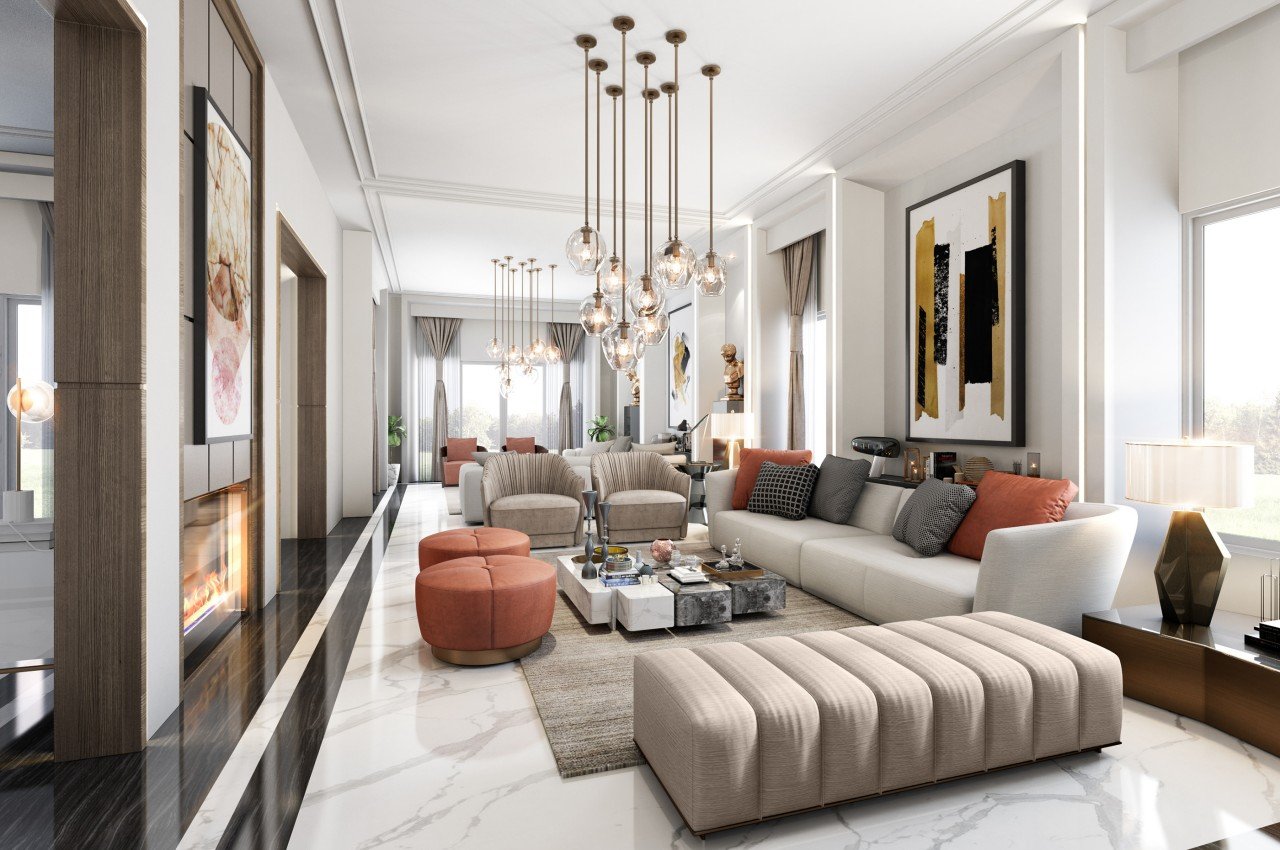
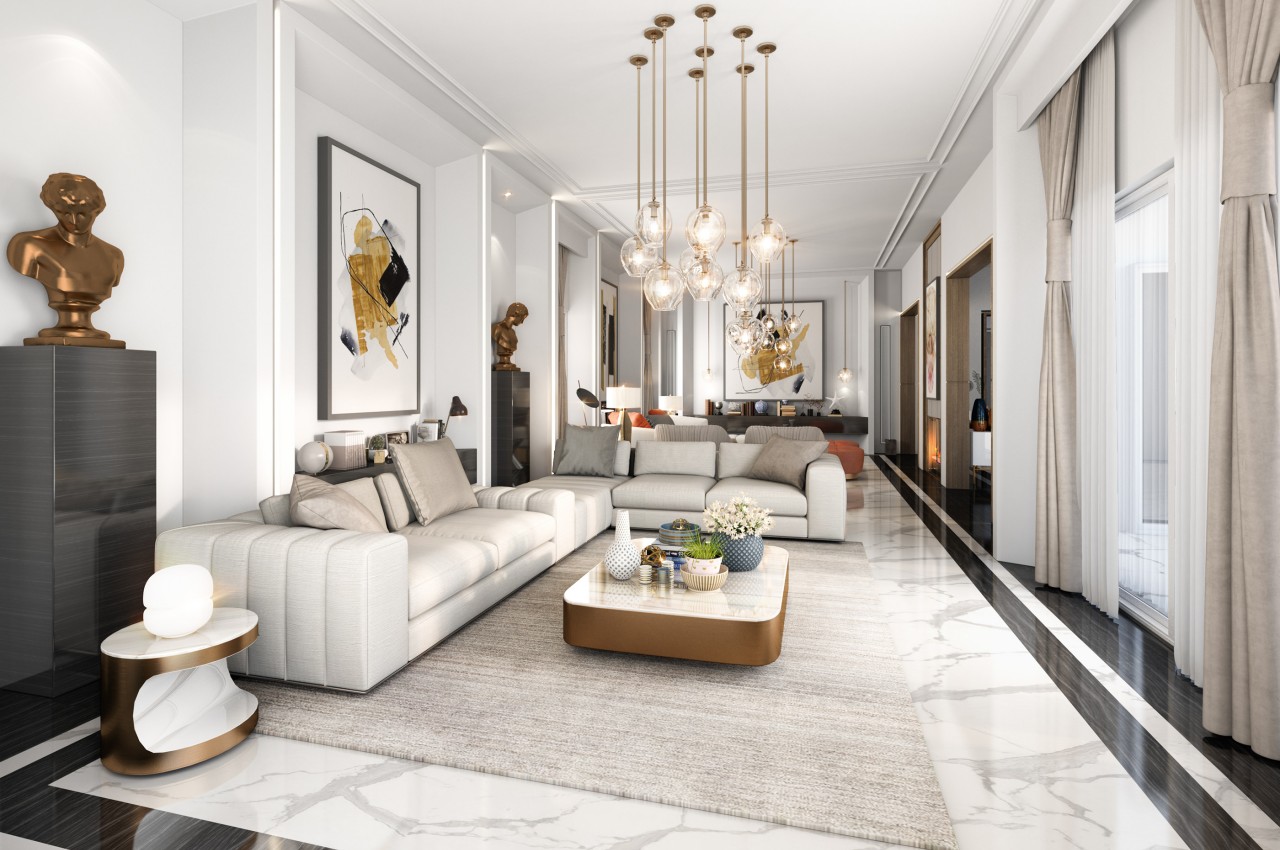
Designer: Studio M6
Minimalist
Based on the principle of less is more, a minimalist design incorporates sleek lines and functional pieces of furniture. In addition, the use of neutral and airy color palettes characterizes the décor. Although it focuses on functionality, patterns are not used in a minimalist design, but bold or primary hues can be introduced in the accent wall.
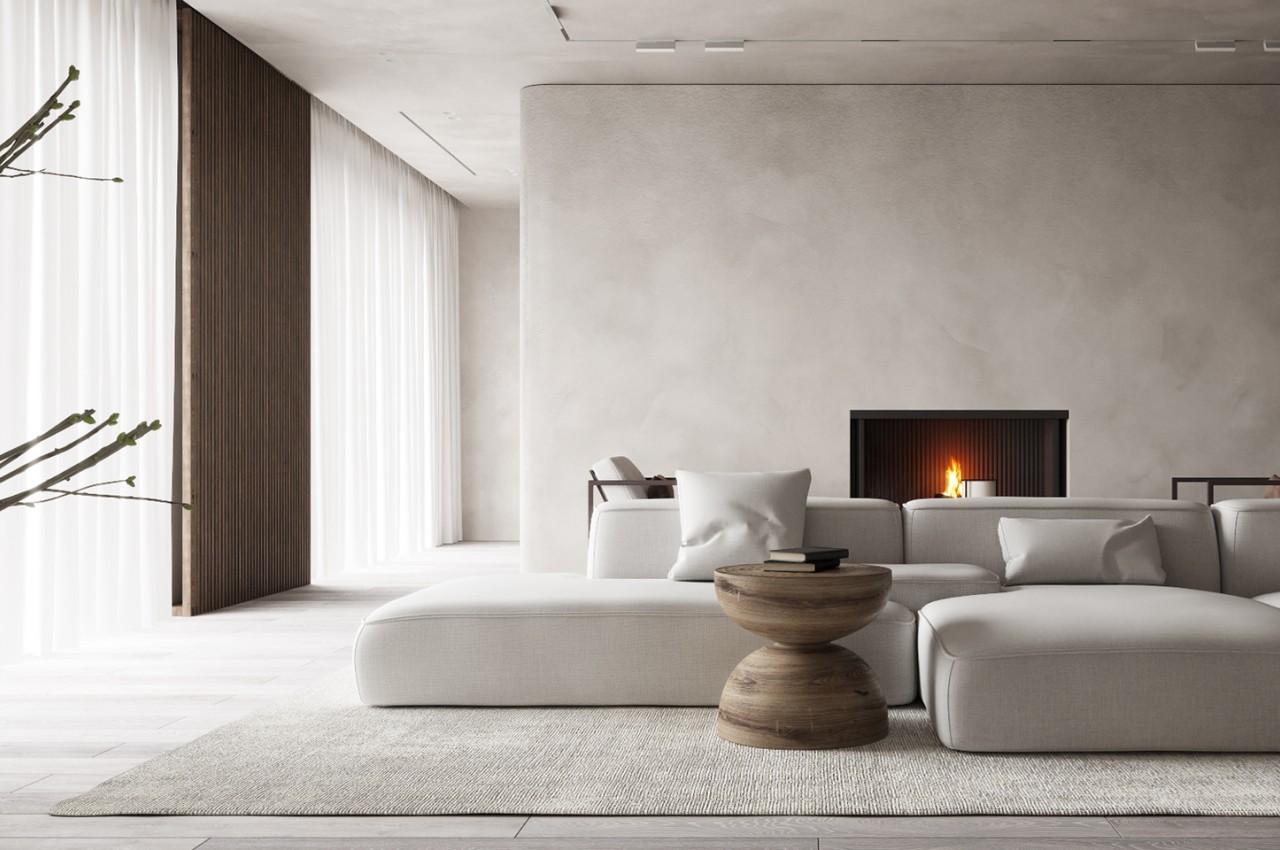
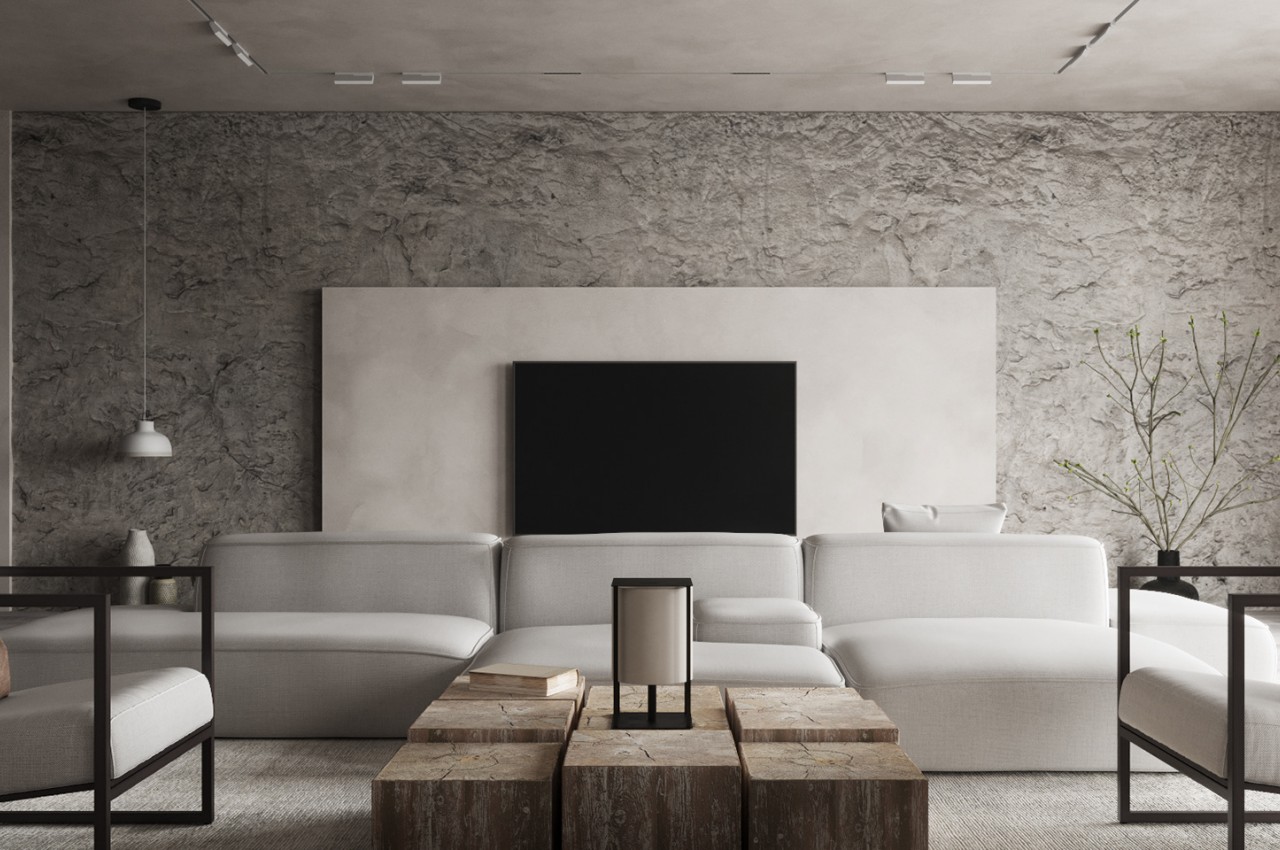
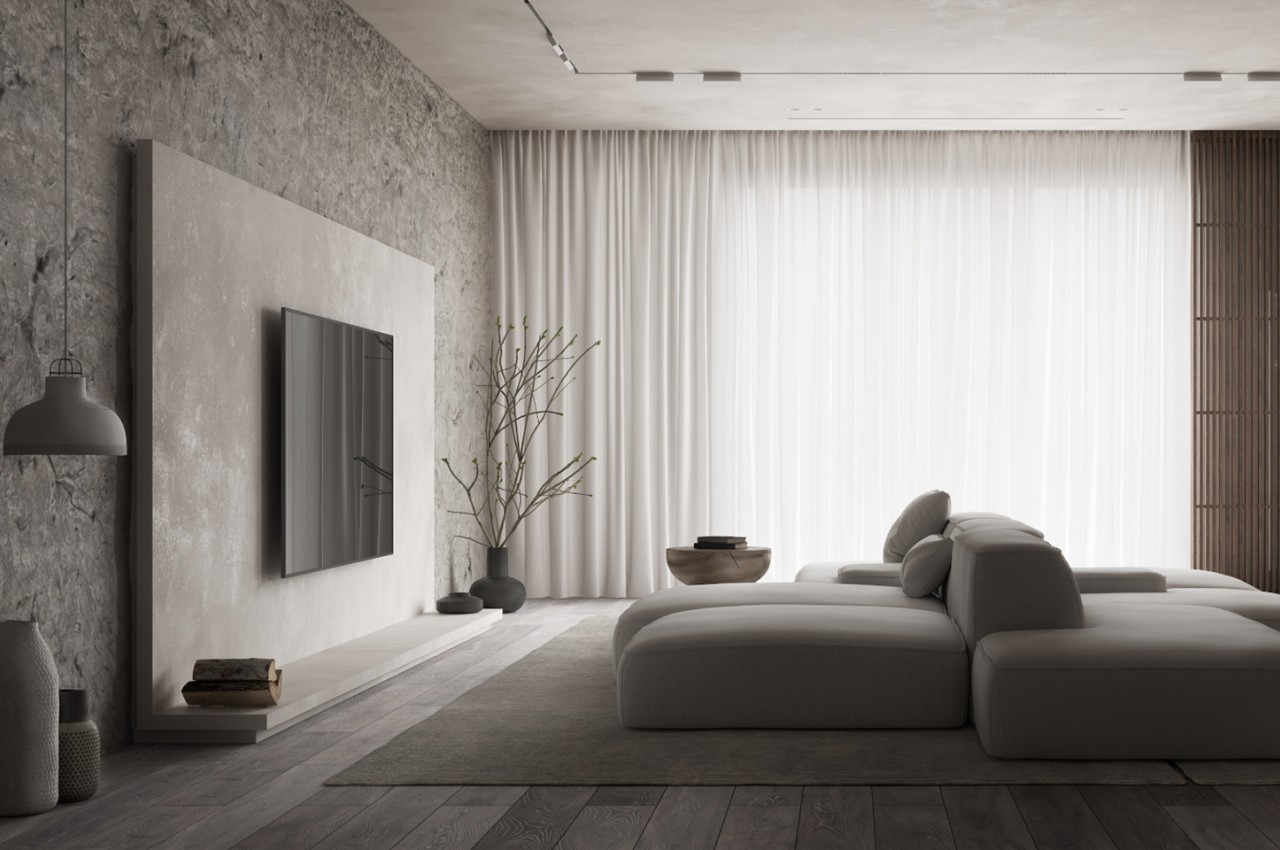
Designer: Mikhail Startsev
Industrial
During the second industrial revolution, the industrial buildings closed down and were converted into residences resulting in a new industrial design style. The décor derives inspiration from warehouses with open plans and high ceilings and makes use of old timber, exposed brickwork, beams, and air conditioning ducts to create a dramatic effect. Accessories like oversized artwork and cozy carpets infuse color and softness into the space.
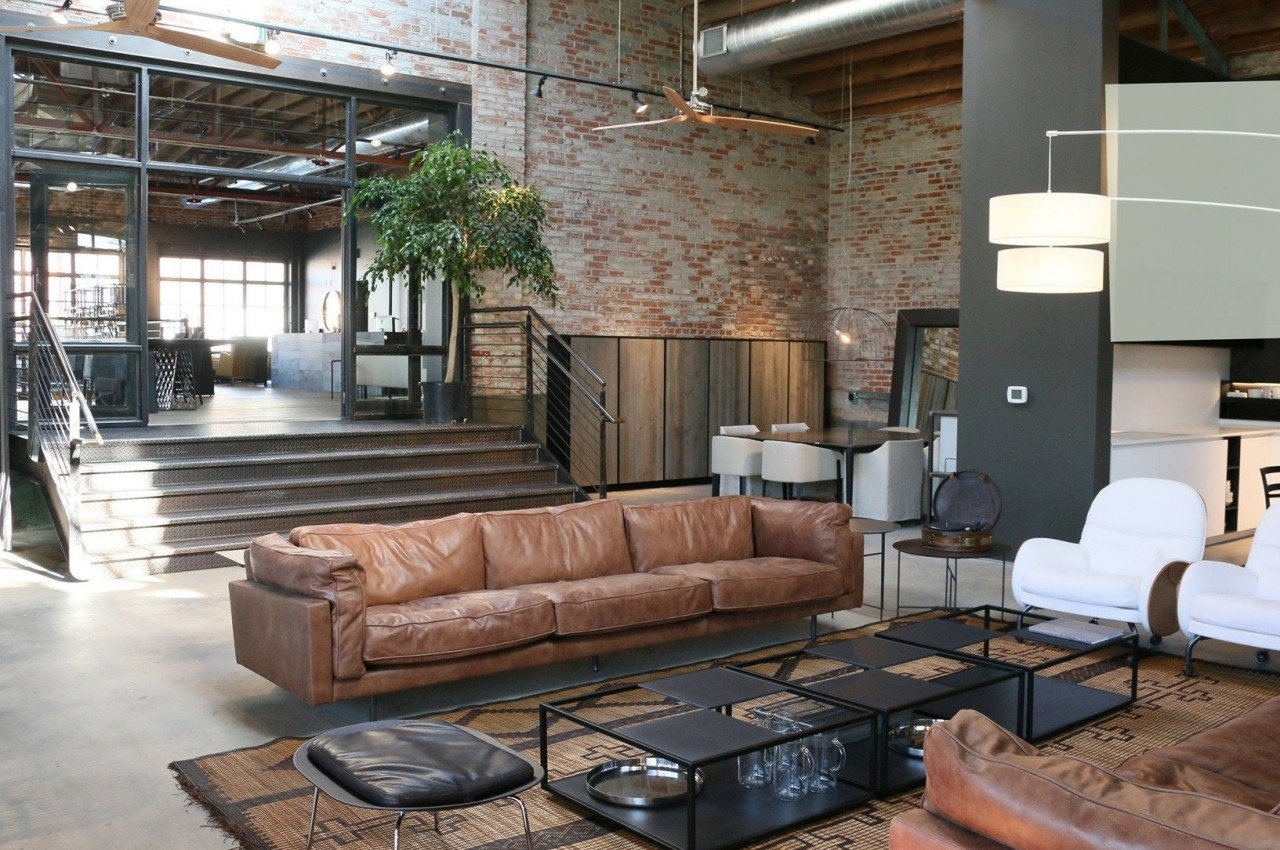
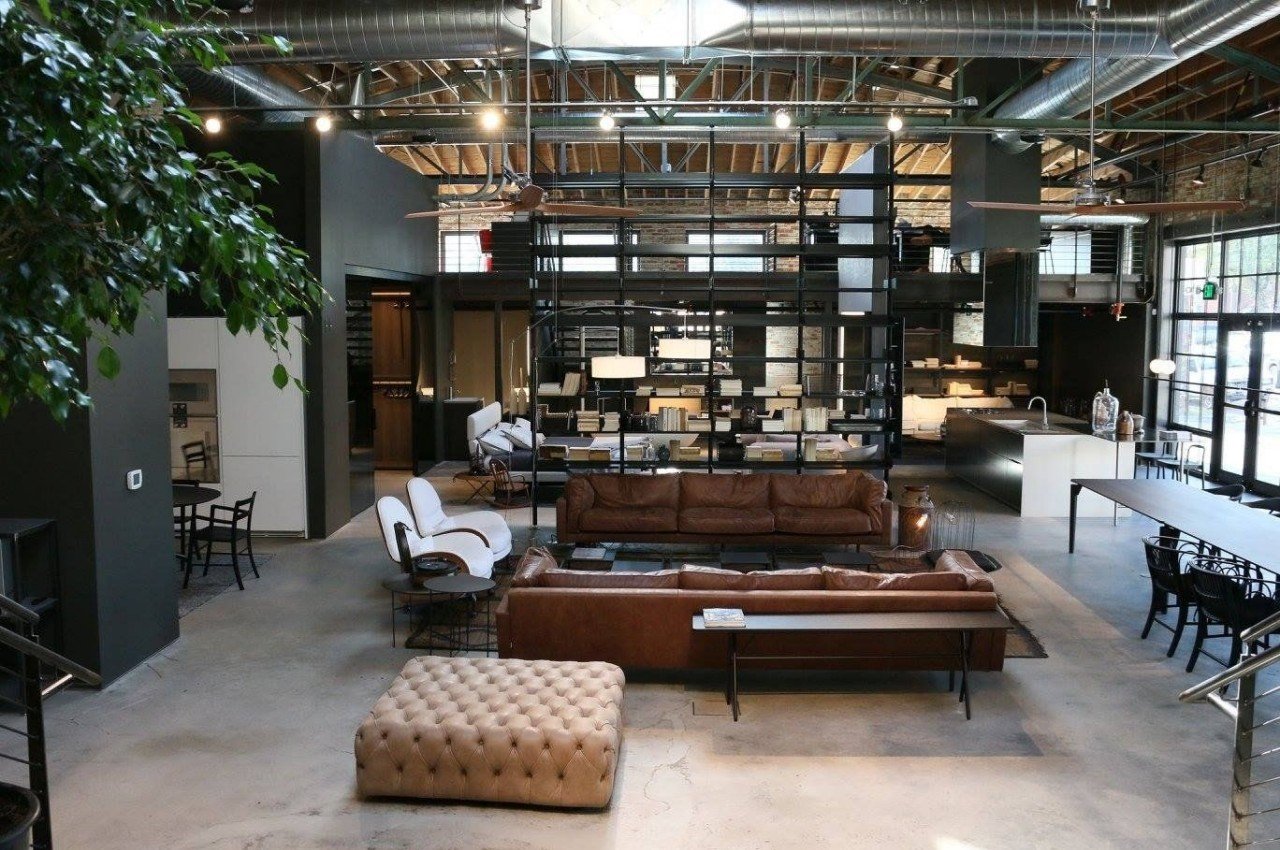
Designer: De Padova
Mid-century Modern
Mid-century modern is the design style of the 1950s and 1960s that emerged in post-war America. It emphasizes pared-down forms, organic shapes, textured fabrics like corduroy, bouclé, and fuss-free furniture design in materials like teak, rosewood, and walnut. Some iconic mid-century furniture pieces include the egg chair and wishbone chair. The best part about mid-century modern design is that it encourages indoor and outdoor living and establishes a connection with nature by using sliding doors and picture windows.
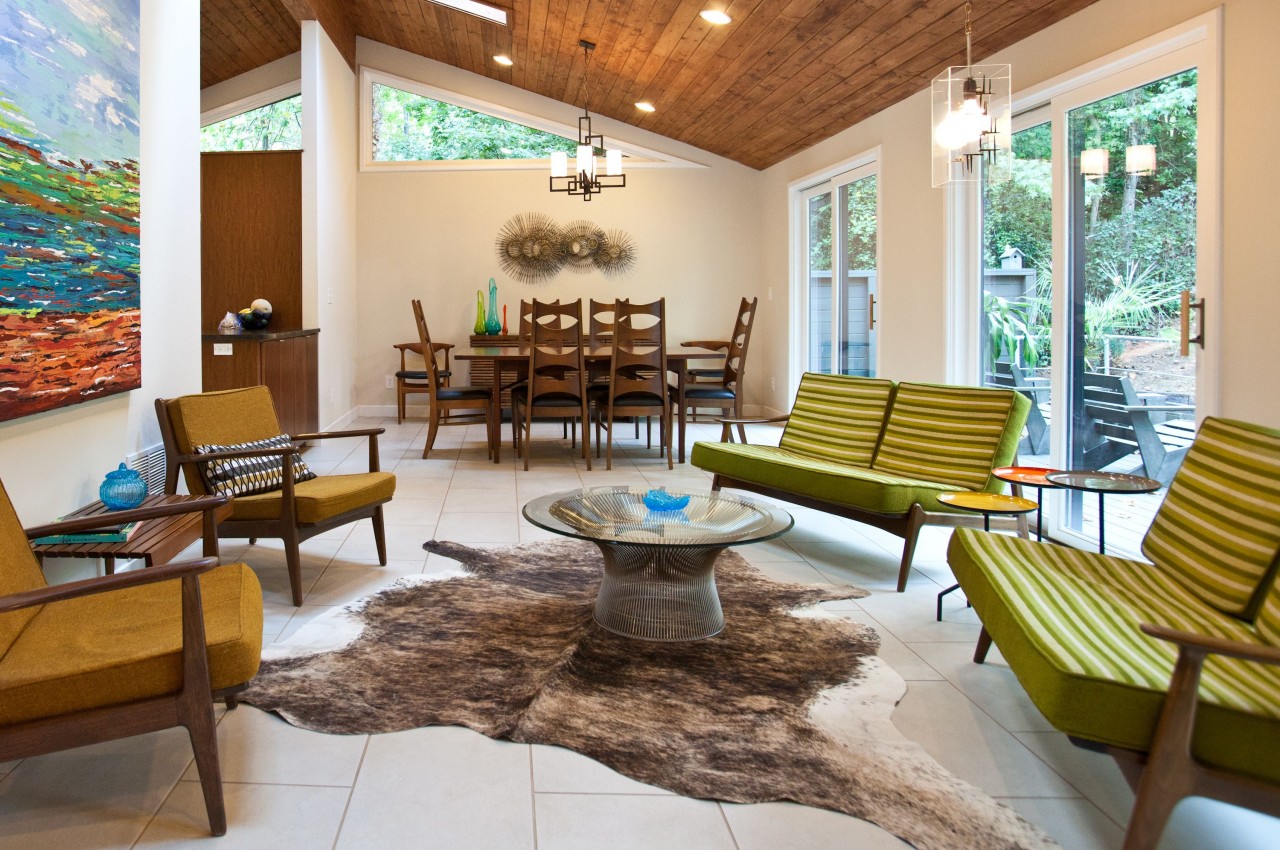
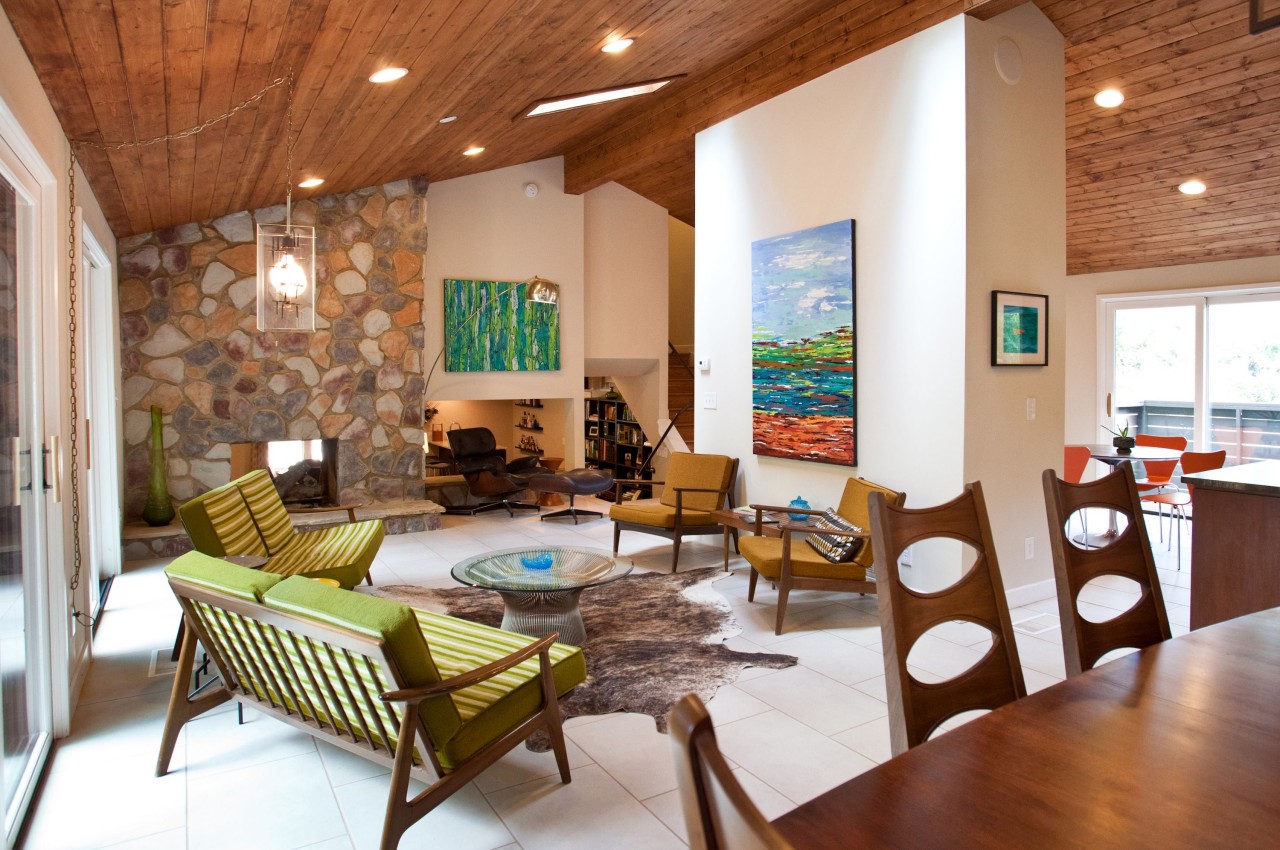
Designer: Cablik Enterprises
Scandinavian
Scandinavian décor pays tribute to the Nordic countries’ design style that expresses their love for nature. It uses the Danish concept of Hygge, which emphasizes warmth and comfort. The furniture is understated with a sculptural quality. This décor focuses on natural lighting, a functional design, and fewer accessories. It uses an all-white, gray, or beige color palette to create an airy and cozy atmosphere and use natural material like linen, cotton, and leather to infuse softness. Pops of color are used in the décor achieved with layered fabrics, glass furniture, and textures.
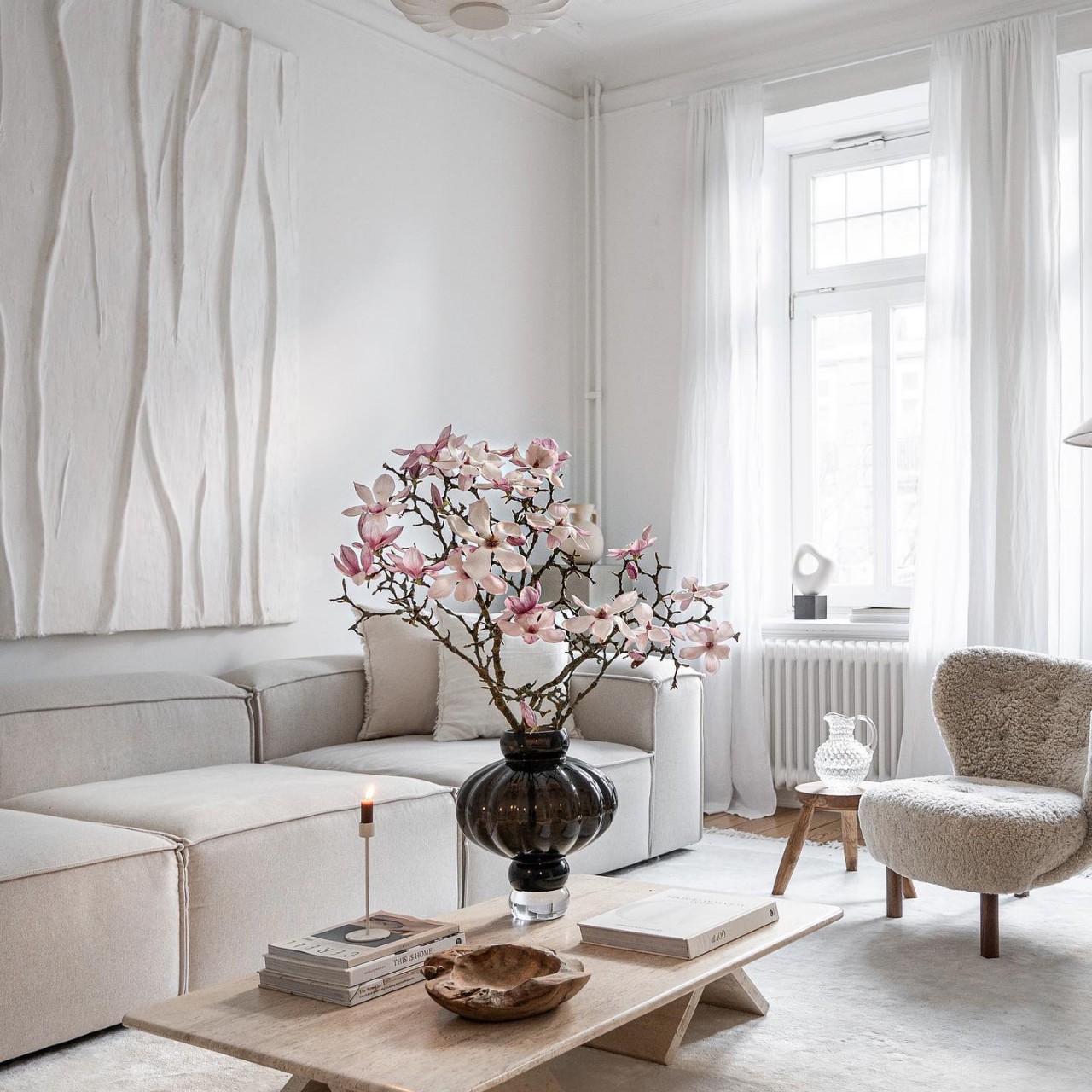
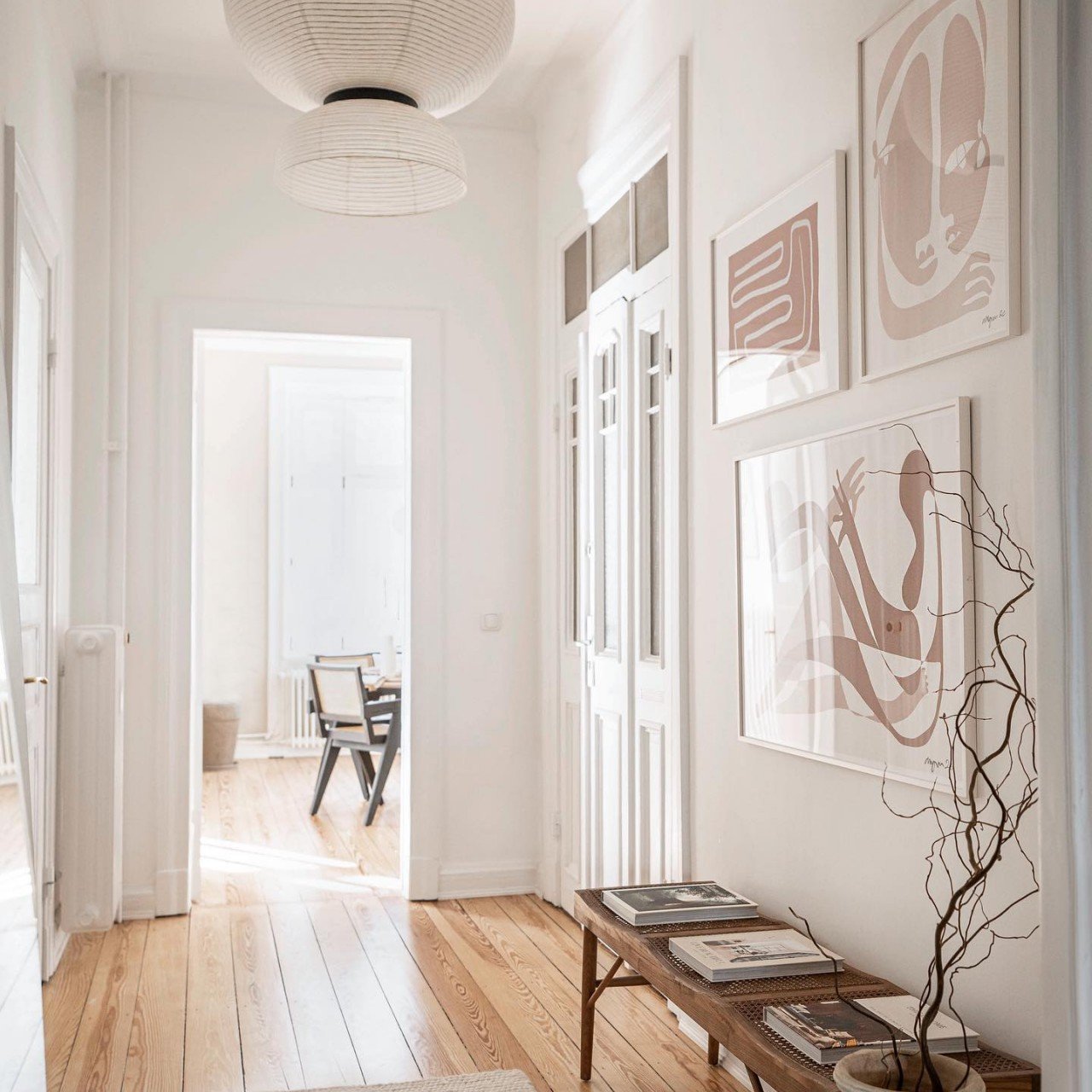
Designer: Johanna (scandinavian.interior)
Japandi
The Japandi design blends the culture of Japan and Scandinavian countries and pays a lot of attention to nature. It uses natural stone and wood. It makes use of a dark and rich color palette.
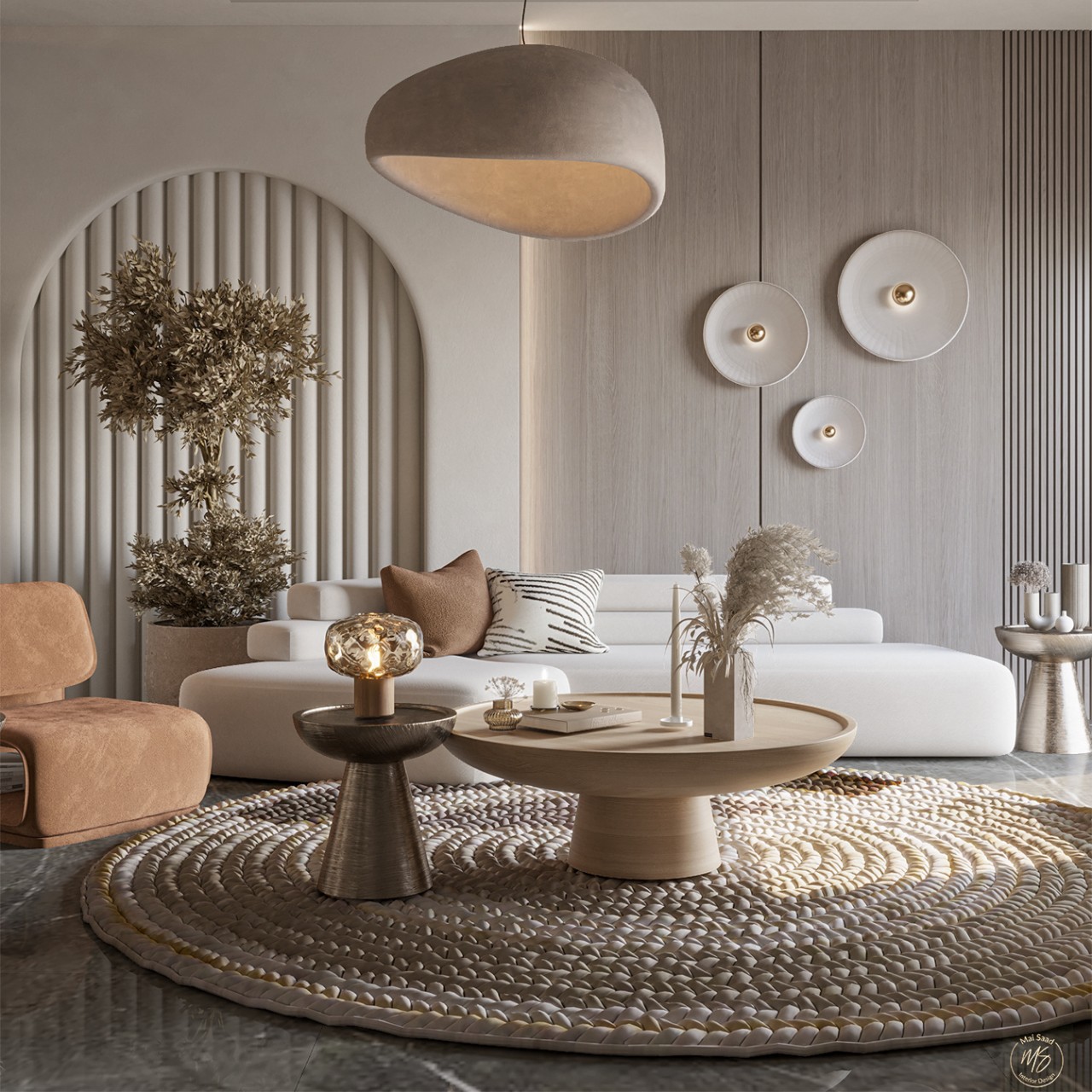
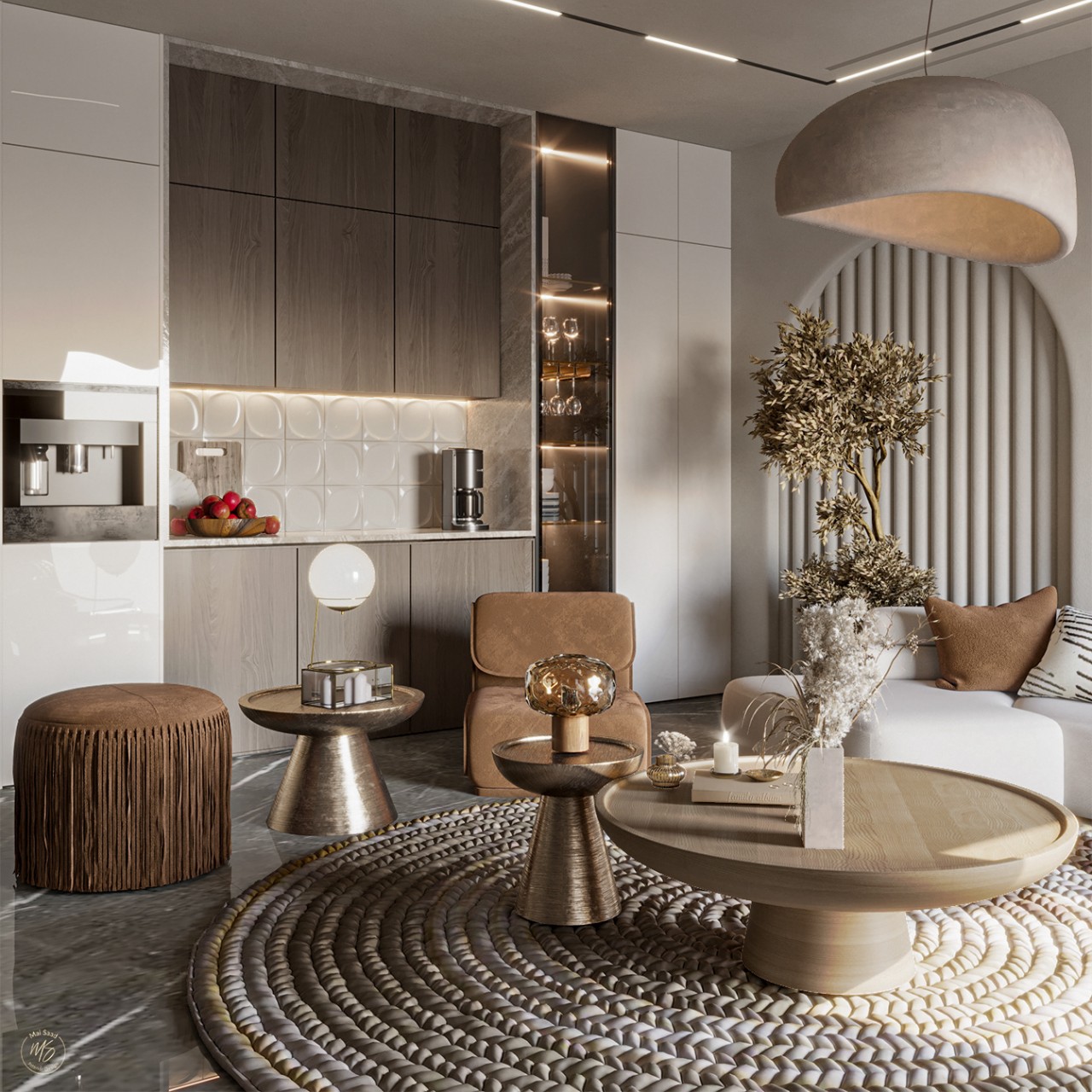
Designer: Nada Hesham
French Country
French Country style uses warm, earthy colors like mustard, red, and gold alongside the use of natural materials like stone and brick. The upholstery includes floral patterns, and the décor displays an ornate collection of porcelain dishes and heavy linen bed covers.
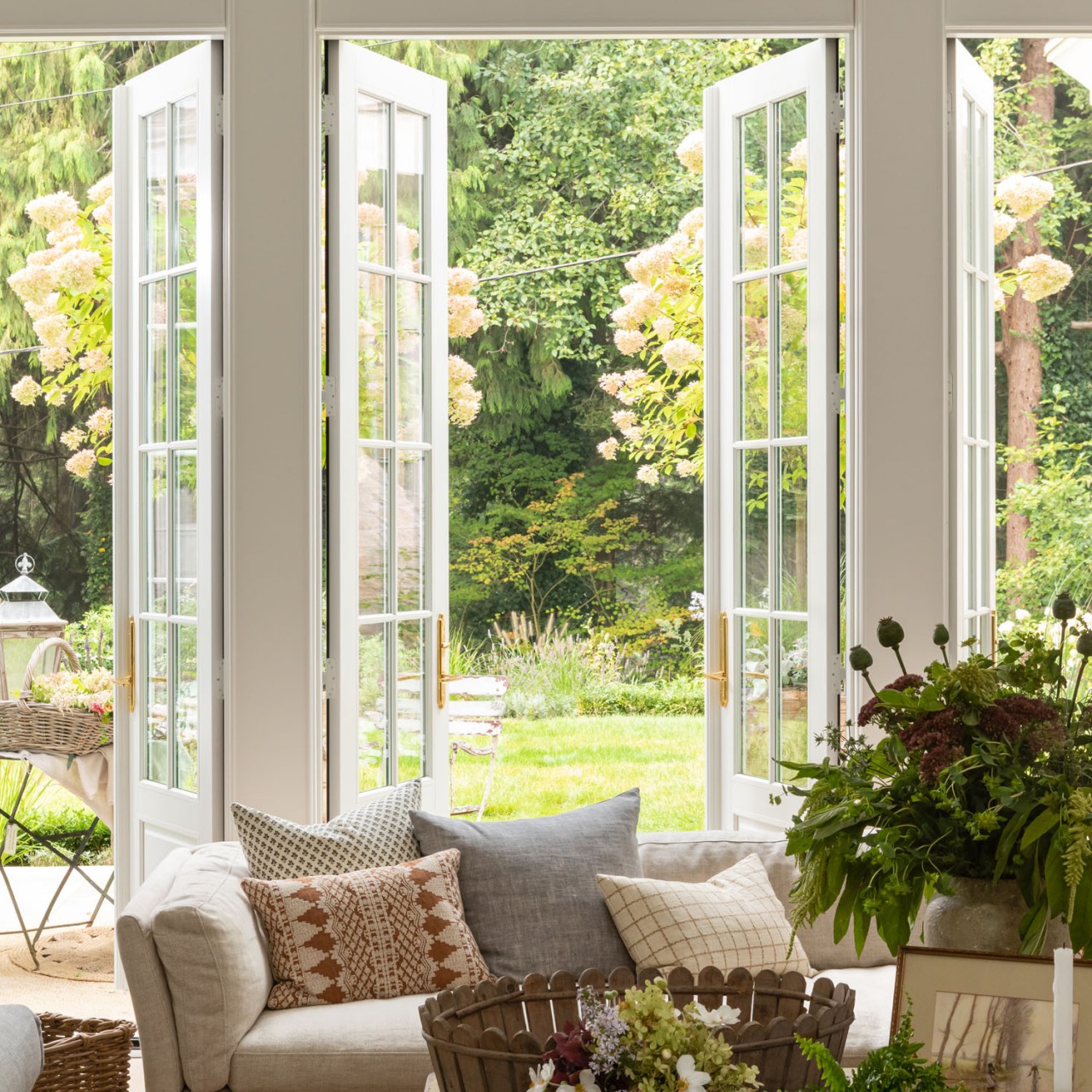
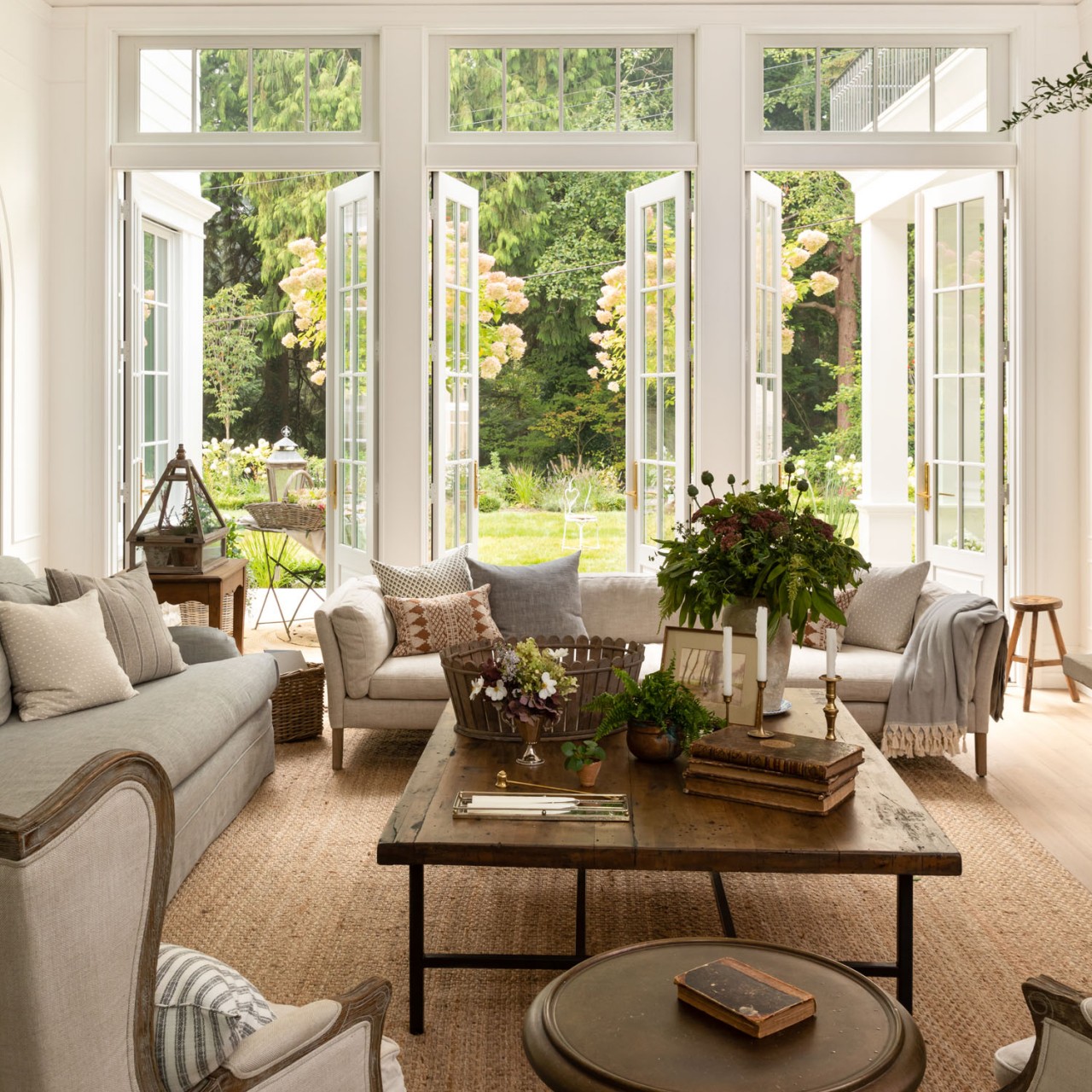
Designer: Kelly Deck Design
Bohemian
Bohemian defines an informal and carefree lifestyle and is a perfect mix of vintage furniture, globally inspired textiles, light fixtures, items from flea markets, and those accumulated during travels. It is a personal and individual style that fuses different cultures and artistic expressions, including bright colors and bold patterns in the furniture and accents.
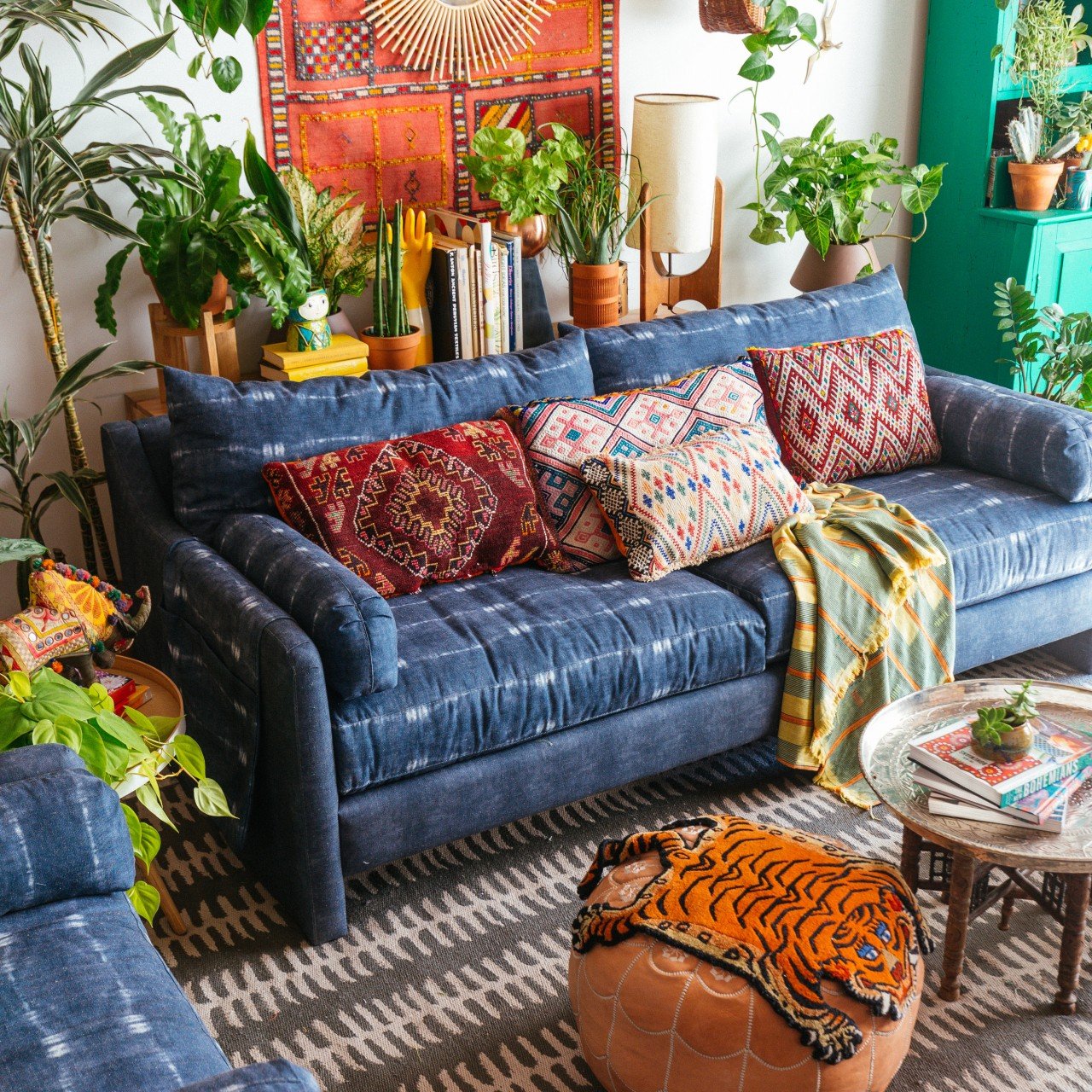
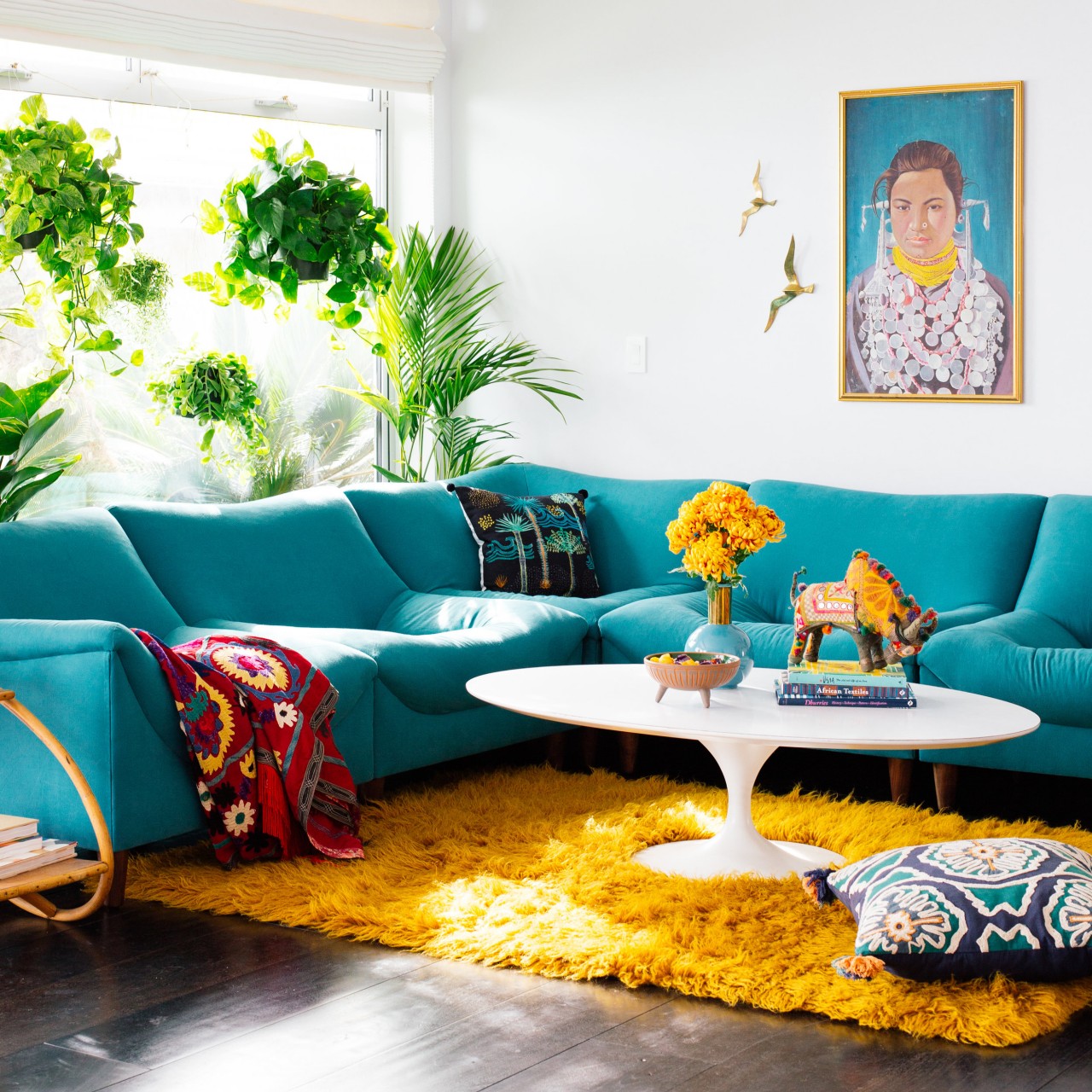
Designer: Justina Blakeney
Rustic
Taking a cue from nature, the rustic design style uses wood and stone. Some design features of the décor include vaulted ceilings, exposed wooden beams, and reclaimed wood floors. It blends simplicity with the beauty of natural materials. Cowhide and sheepskin rugs and throws bring a cozy vibe into the space.
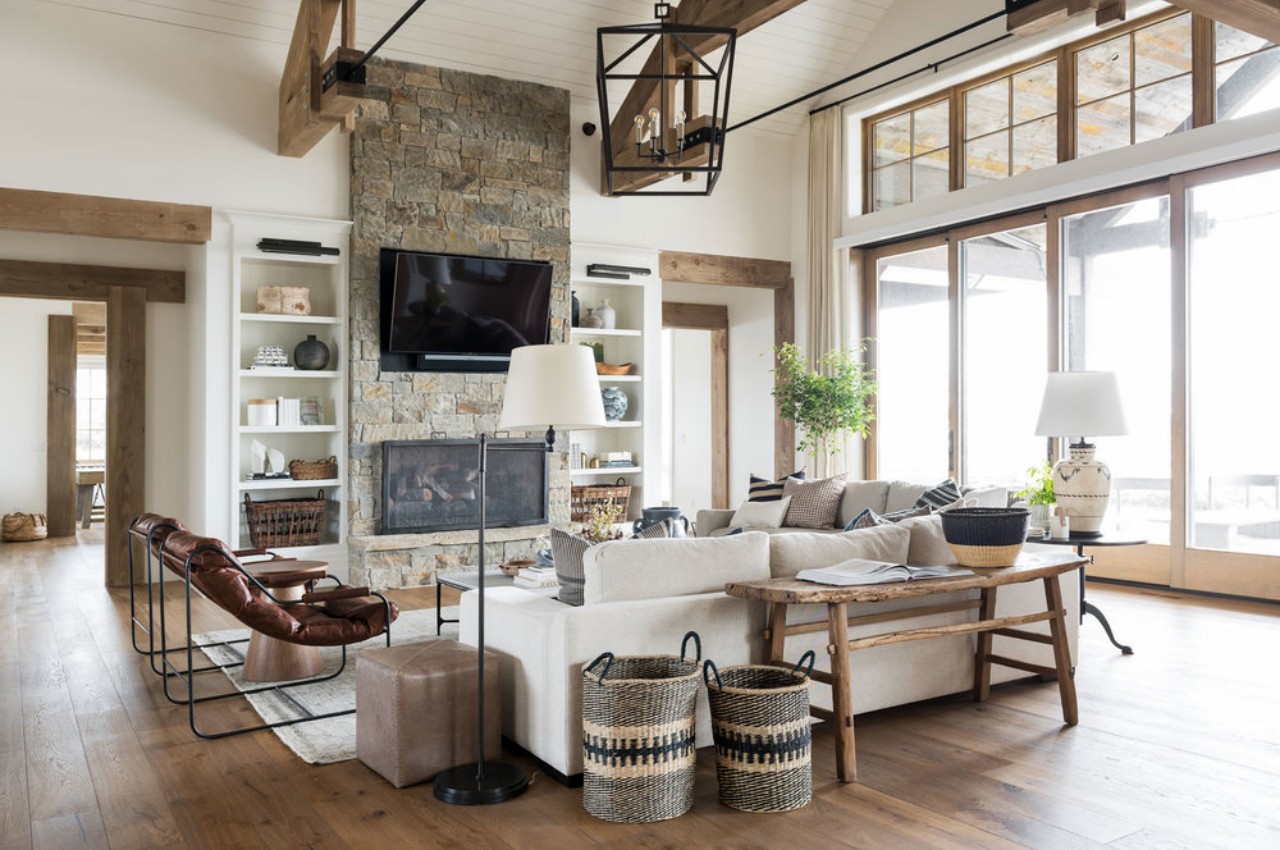
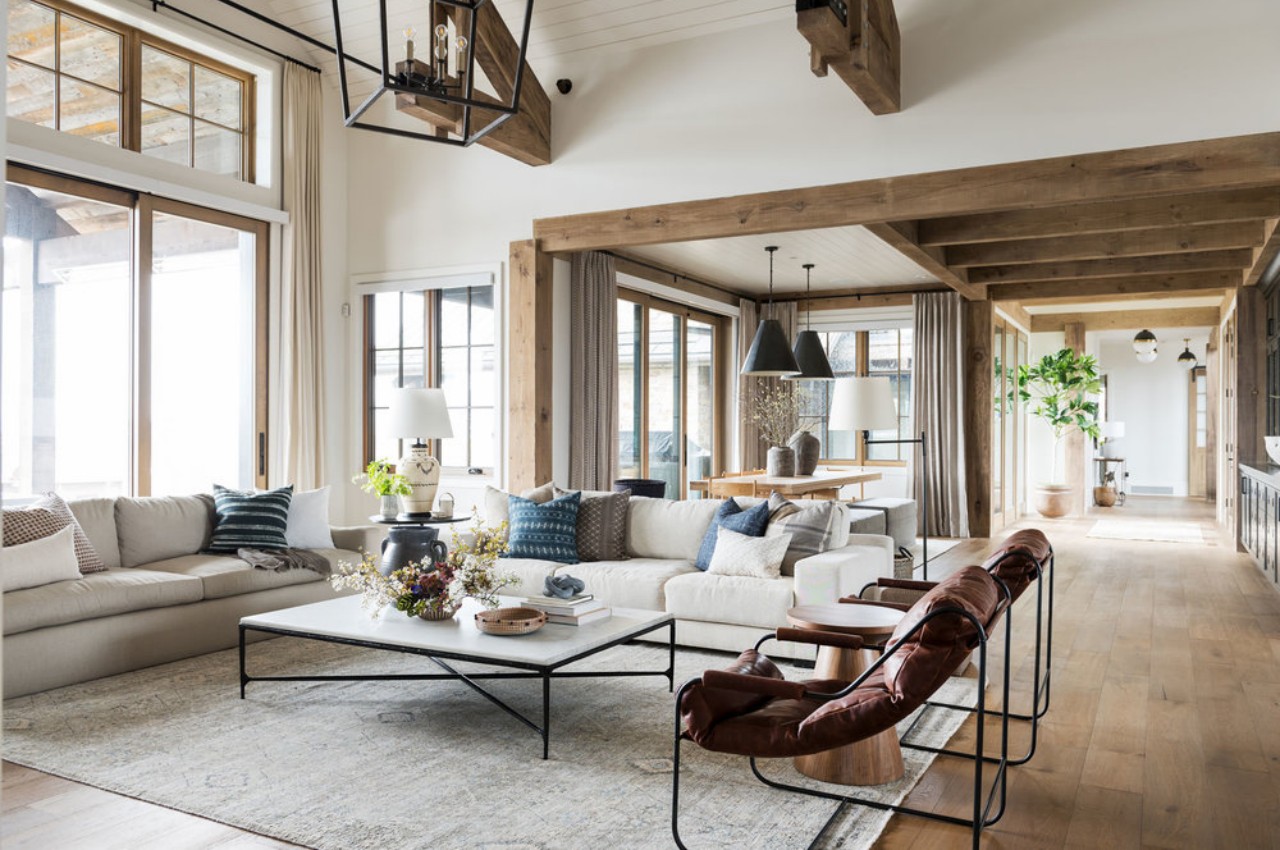
Designer: Studio McGee
Hollywood Glam
Characterized as luxurious and over-the-top, the Hollywood glam style is a statement-making design style using high-contrast colors. The décor includes Victorian design features and a bold color palette using sumptuous textiles like velvet and silk. It is a luxurious and dramatic design style that fuses art deco and mid-century modern.
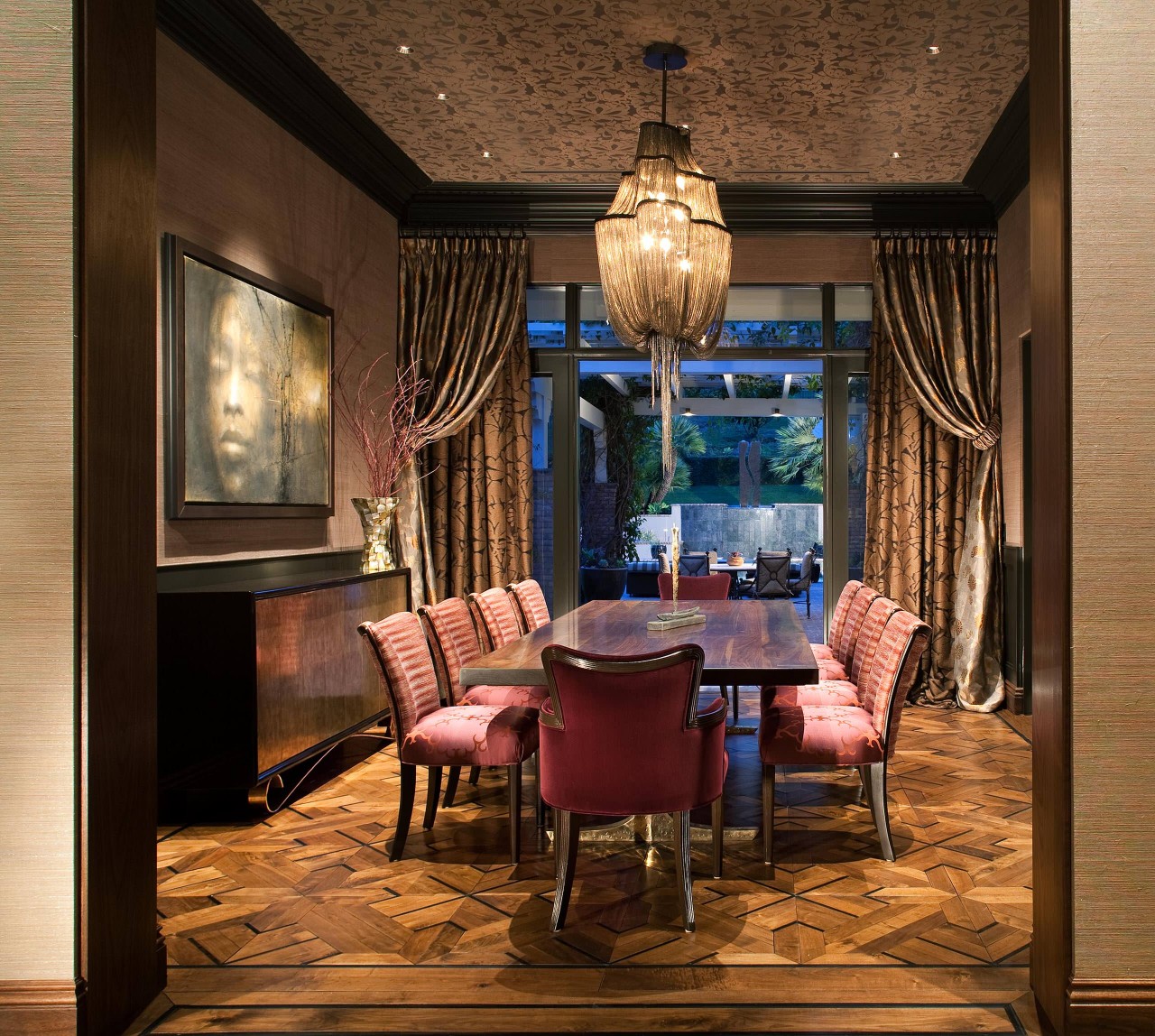
Designer: Lori Gentile Interior Design
Shabby Chic
It’s a vintage style that originated in the 18th century. It includes vintage and heirloom pieces of furniture with an antique look that is passed down from one generation to another. In this décor, the furniture and furnishings give a distressed and aged look and show signs of wear and tear.
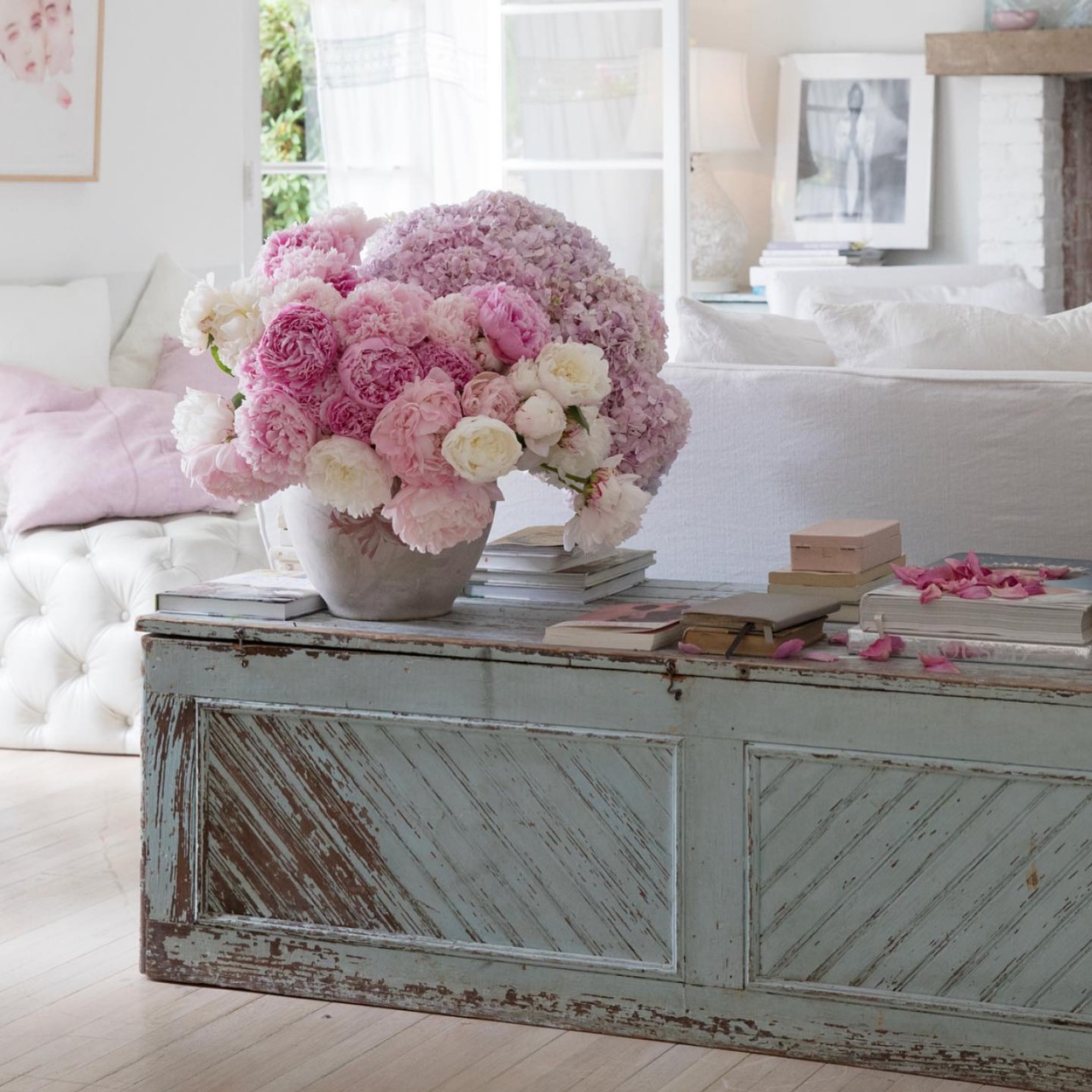
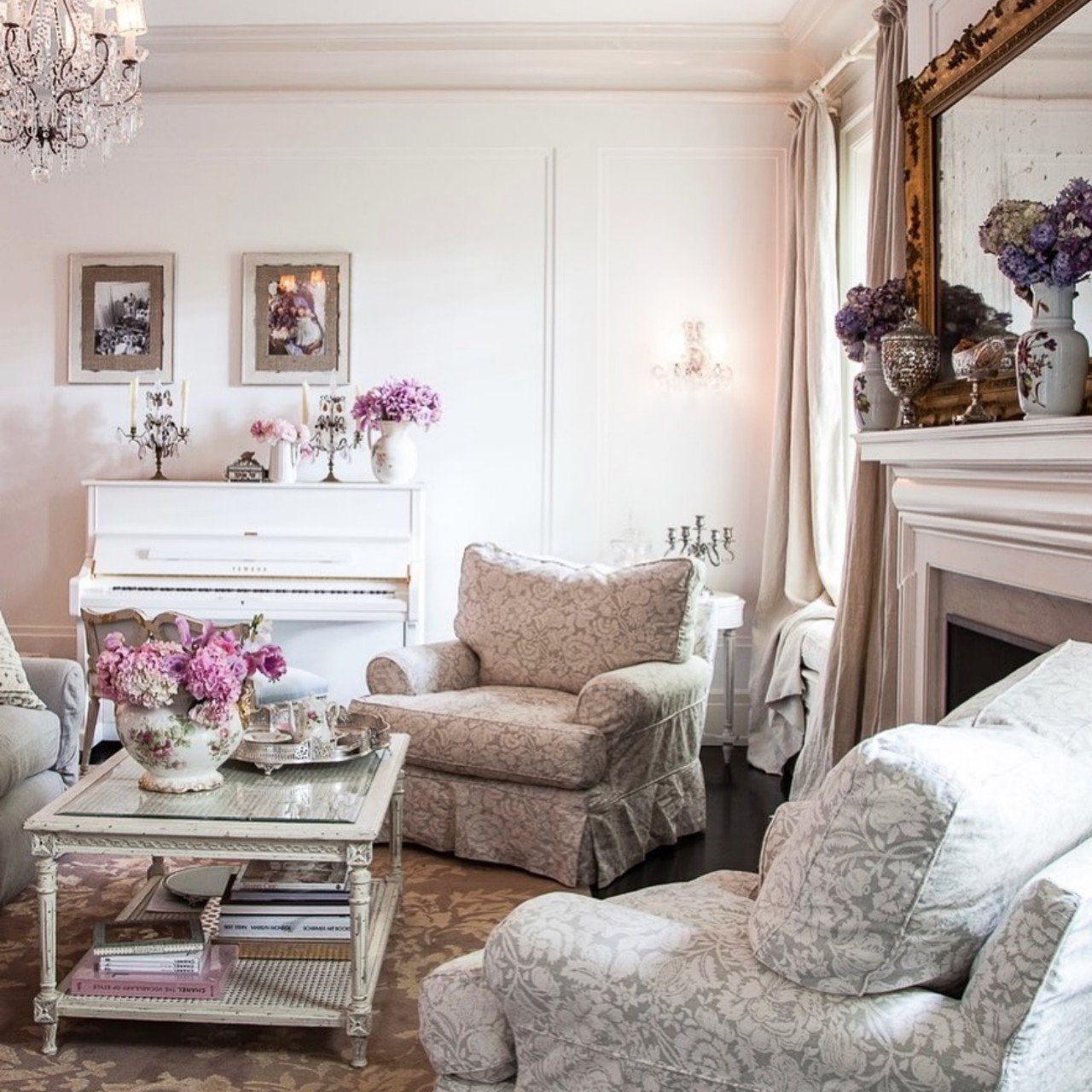
Designer: Shabby Chic
Coastal Design Style
The Coastal design style takes inspiration from the beaches with a light and airy color palette that includes neutrals and shades of green and blue. Large windows bring in plenty of natural light to create a relaxed and comfortable environment. Light fabrics on the windows blow with the breeze and infuse a coastal vibe as well as a seamless fusion between the indoors and the outdoors. The coastal style integrates painted and distressed furniture paired with wicker and jute furniture and plenty of indoor plants.
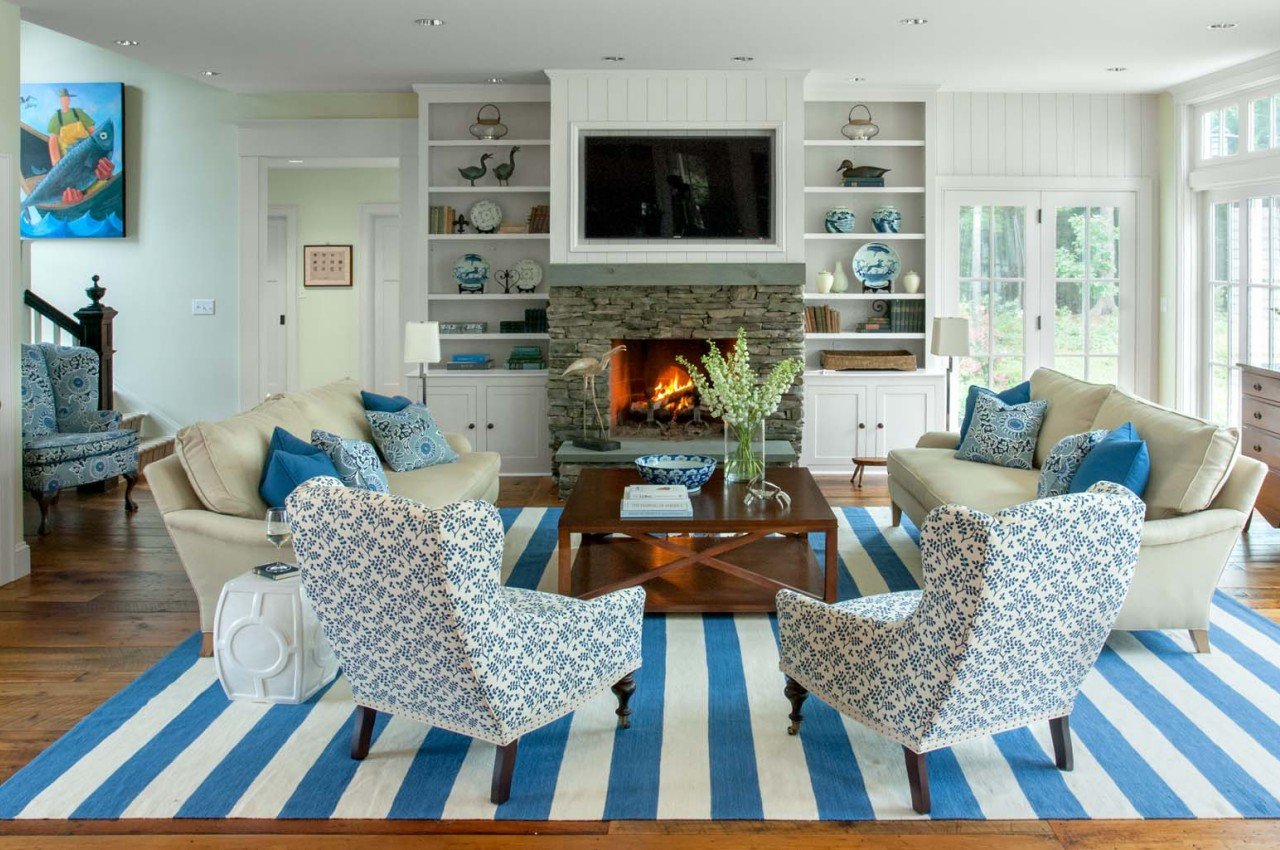
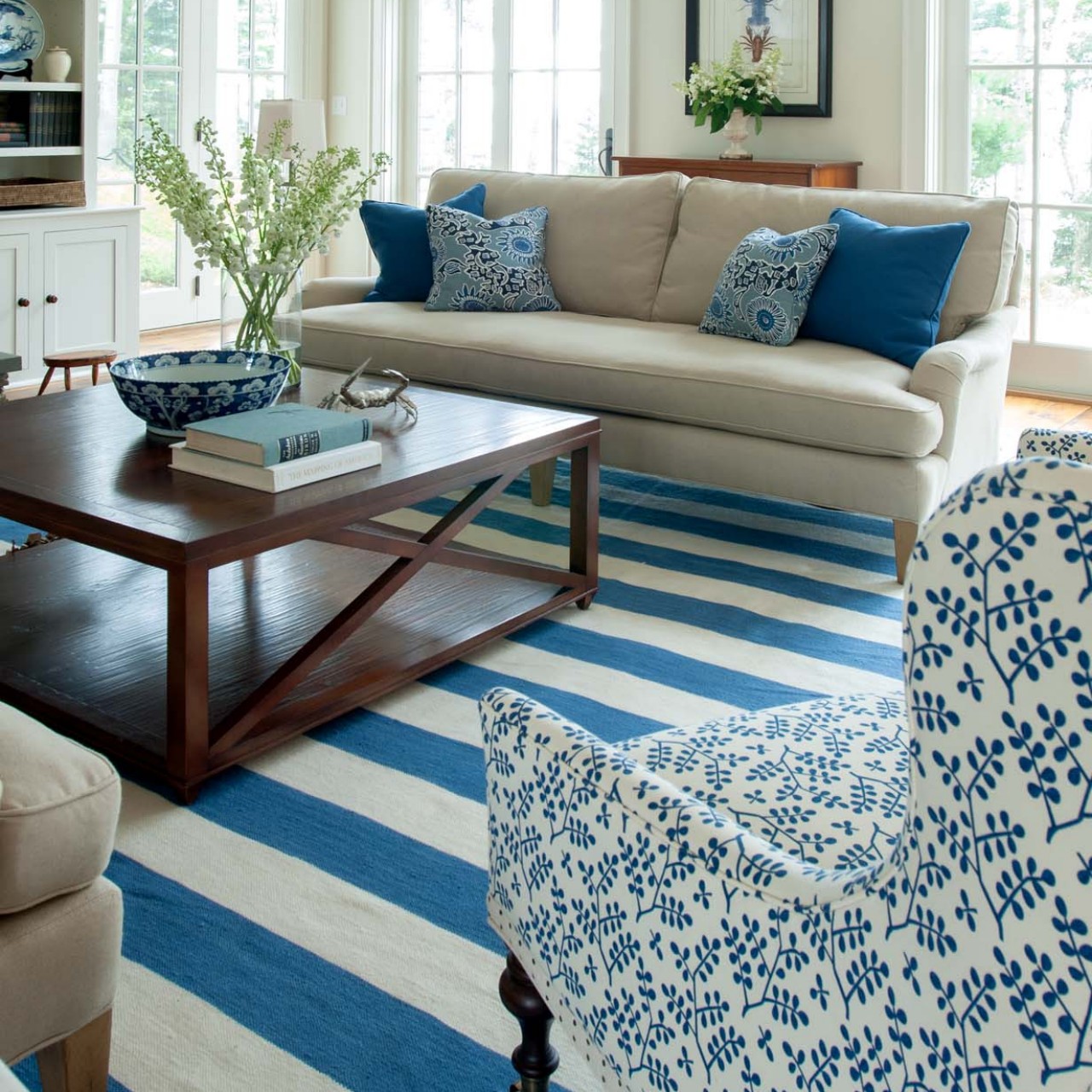
Designer: Banks Design Associates
Modern Farmhouse
The farmhouse style celebrates open-concept living, sleek lighting, and barn doors. The modern farmhouse uses a neutral color scheme, and for the accent colors, it picks up colors of nature like blue, sage green, or burnt orange.
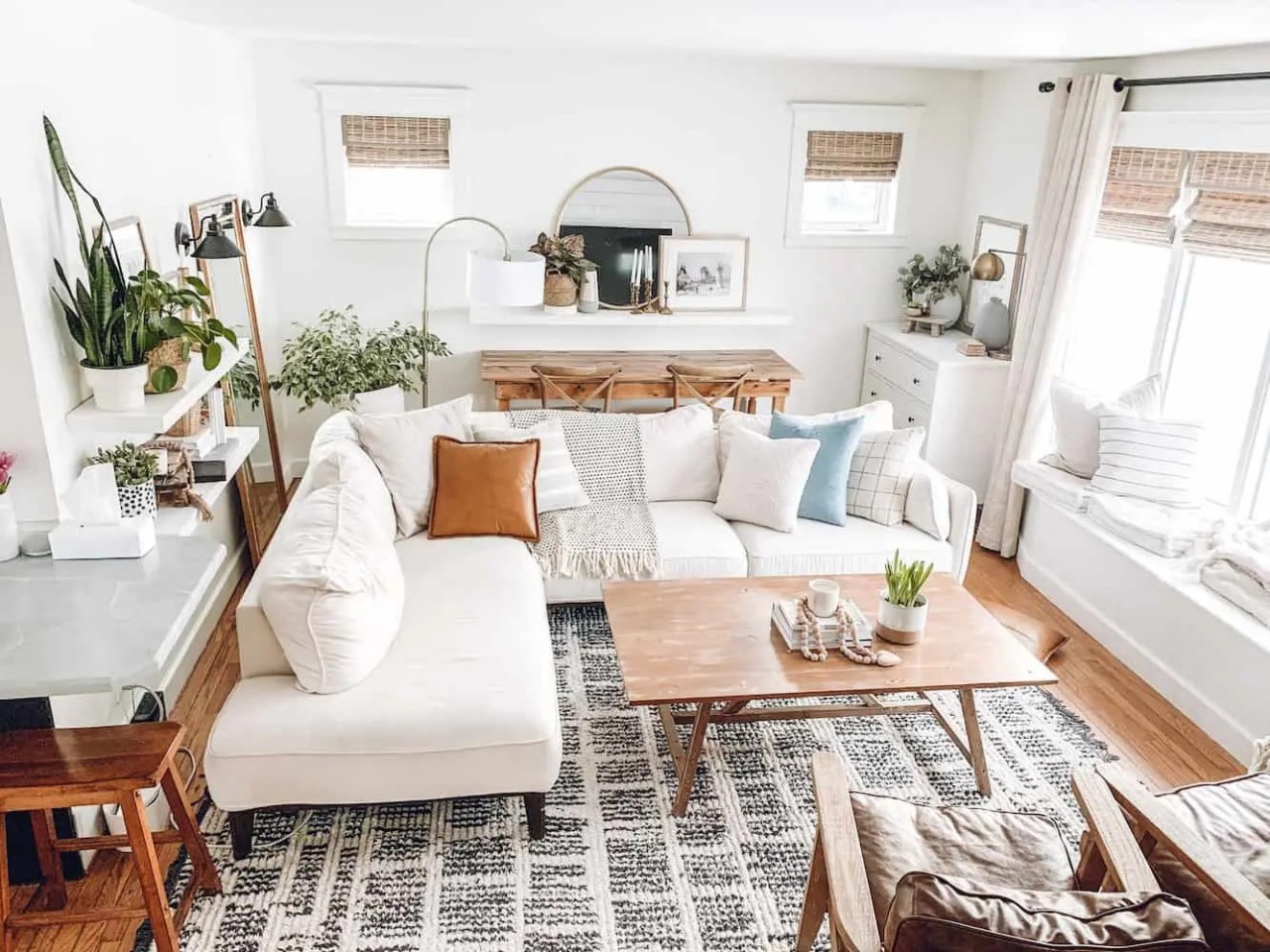
Designer: The Beauty Revival
Mediterranean
Mediterranean homes have a relaxed, rustic, and welcoming feel. It is designed with arches, columns, and internal balconies and is inspired by countries like Spain, Greece, and Italy which are located in the north of the Mediterranean Sea. Light colors are mixed with earth tones and warm accents. The furniture includes local olive or pine wood furniture combined with raffia and linen. The floors and walls are beautified with colorful mosaic tiles and handmade zellige clay tiles.
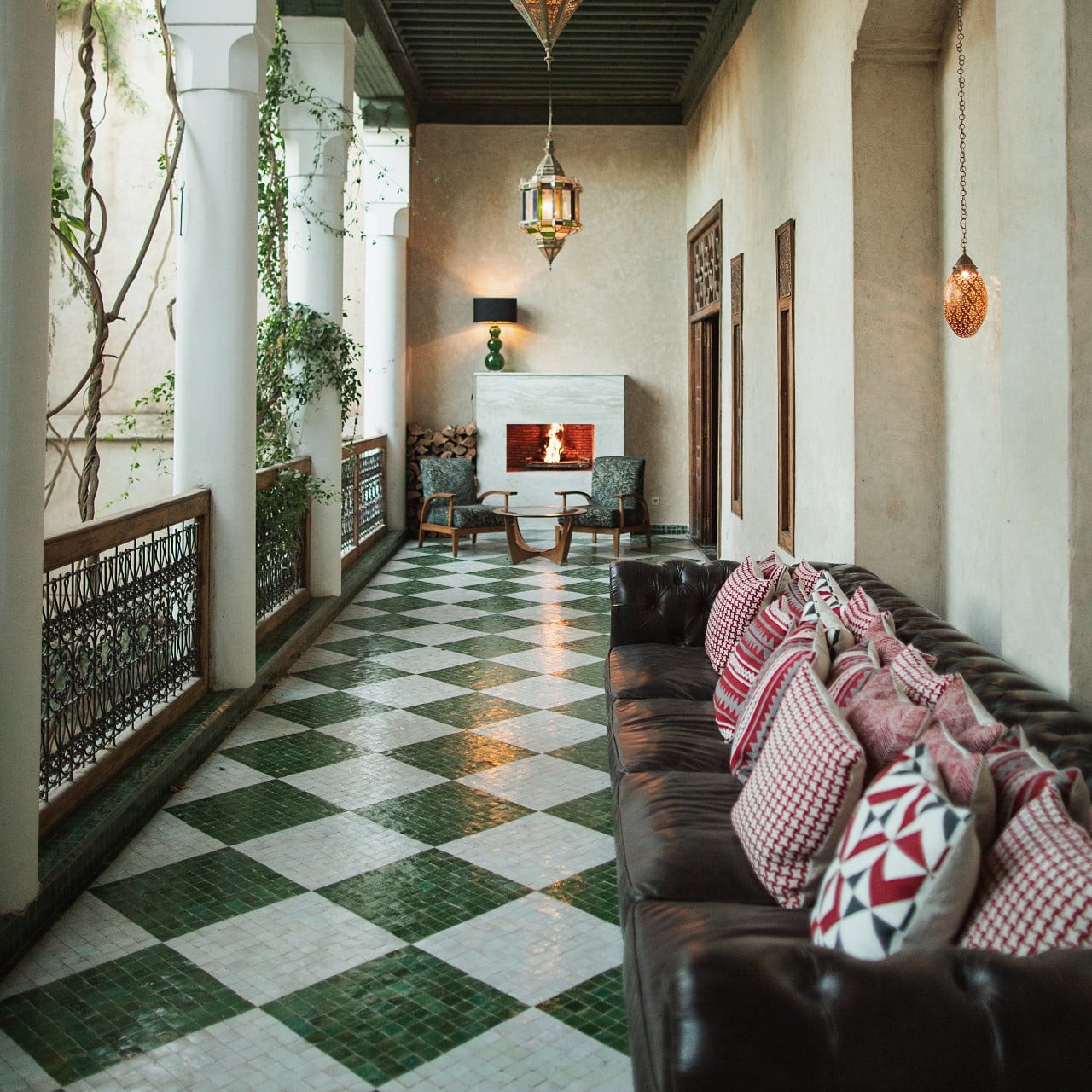
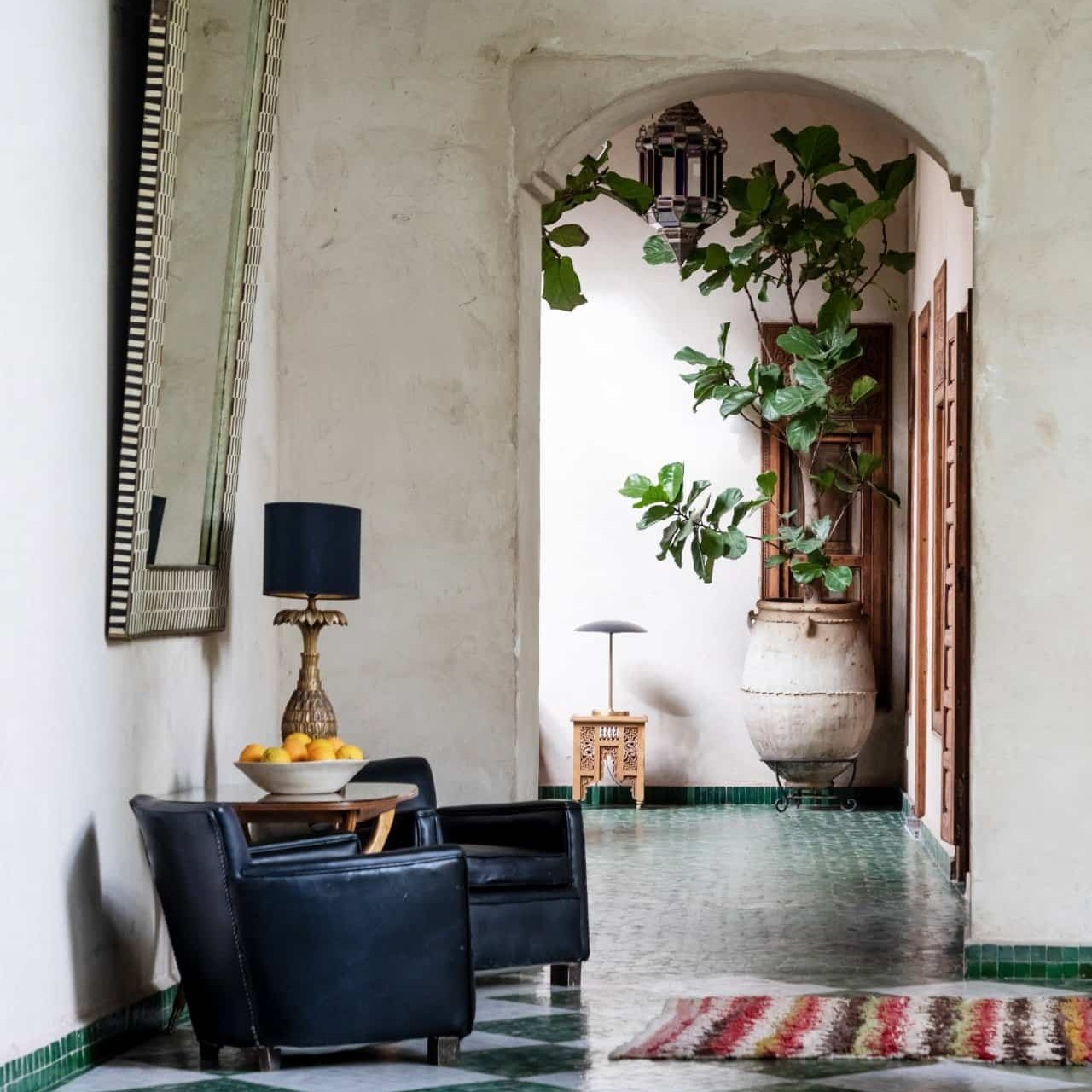
Designer: El Fenn
Art Deco
Art Deco originated in the early twentieth century in France. It includes oversized furniture. Note that the industrial revolution was inspired by art deco, and it used a lot of metal. It uses curved or angular forms, and the favorite color palette includes black, white, and gold hues.
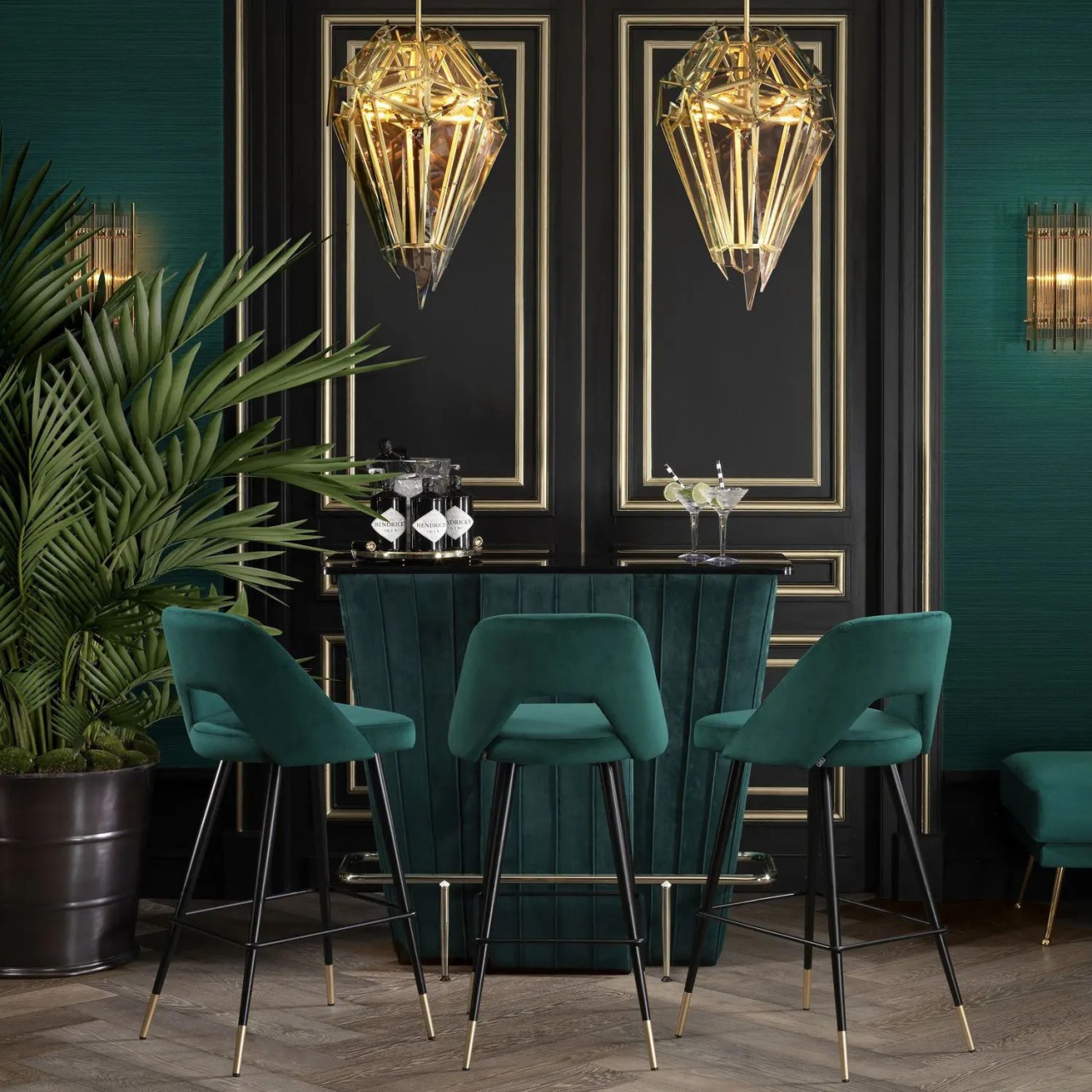
Designer: Eichholtz
There’s no one-size-fits-all here. Your personality can be a conglomeration of multiple design styles too! So go ahead and let your home reflect yours.
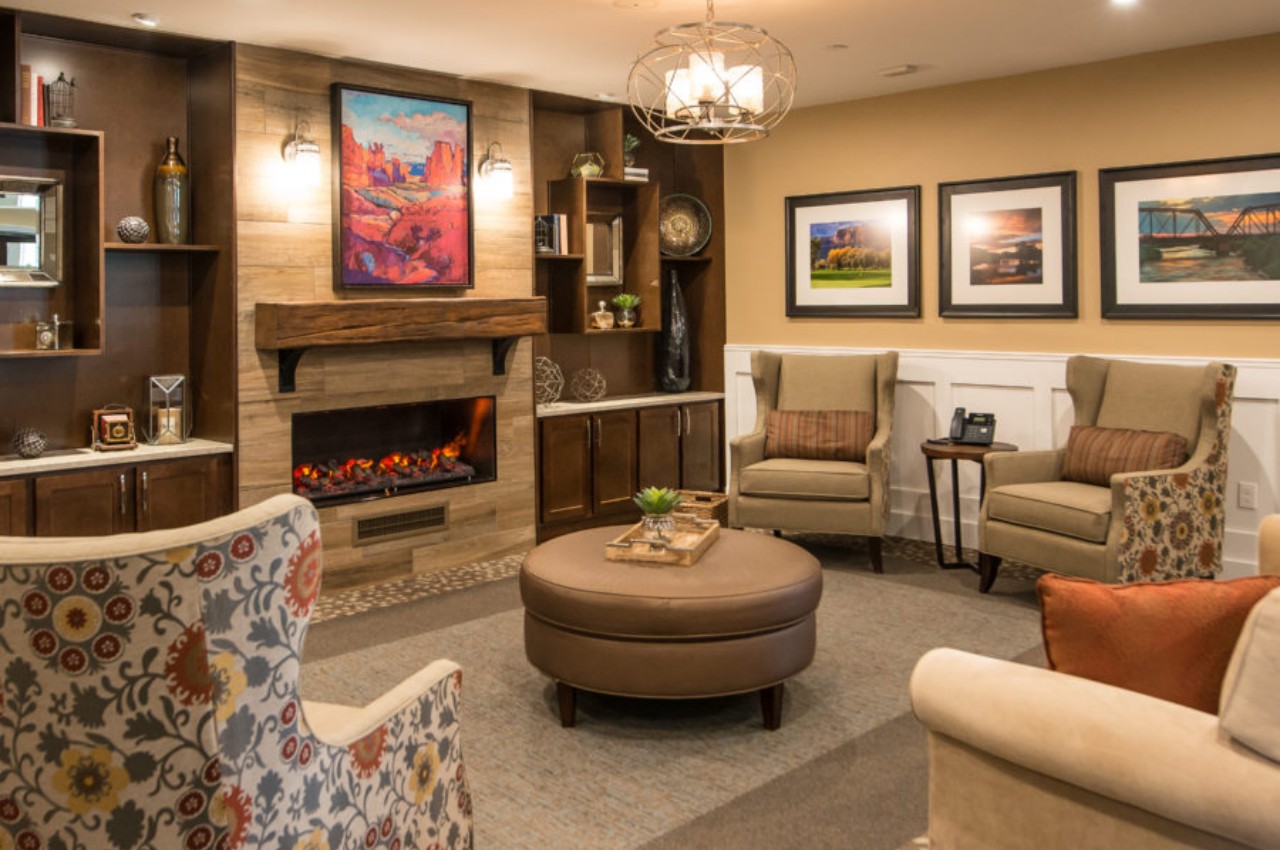
The post Discover the different types of interior décor styles first appeared on Yanko Design.





